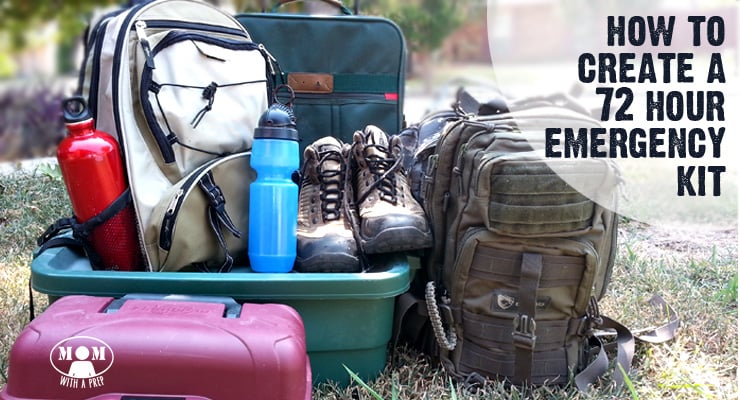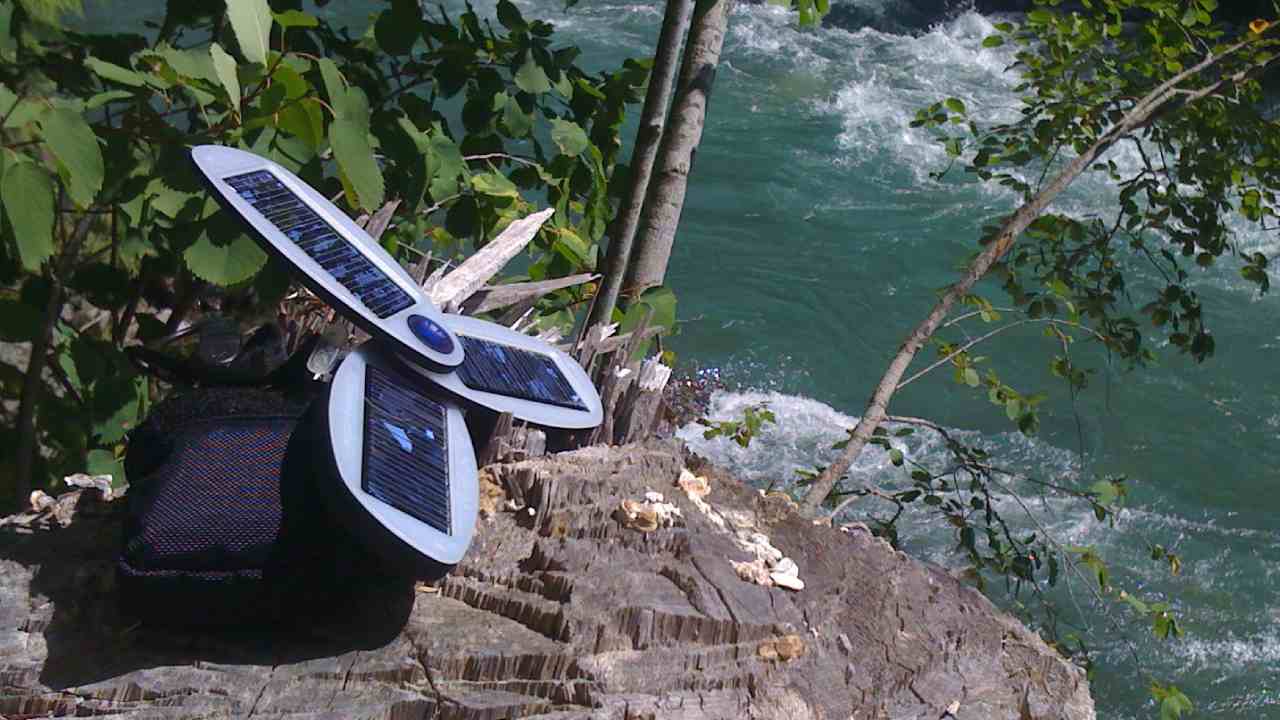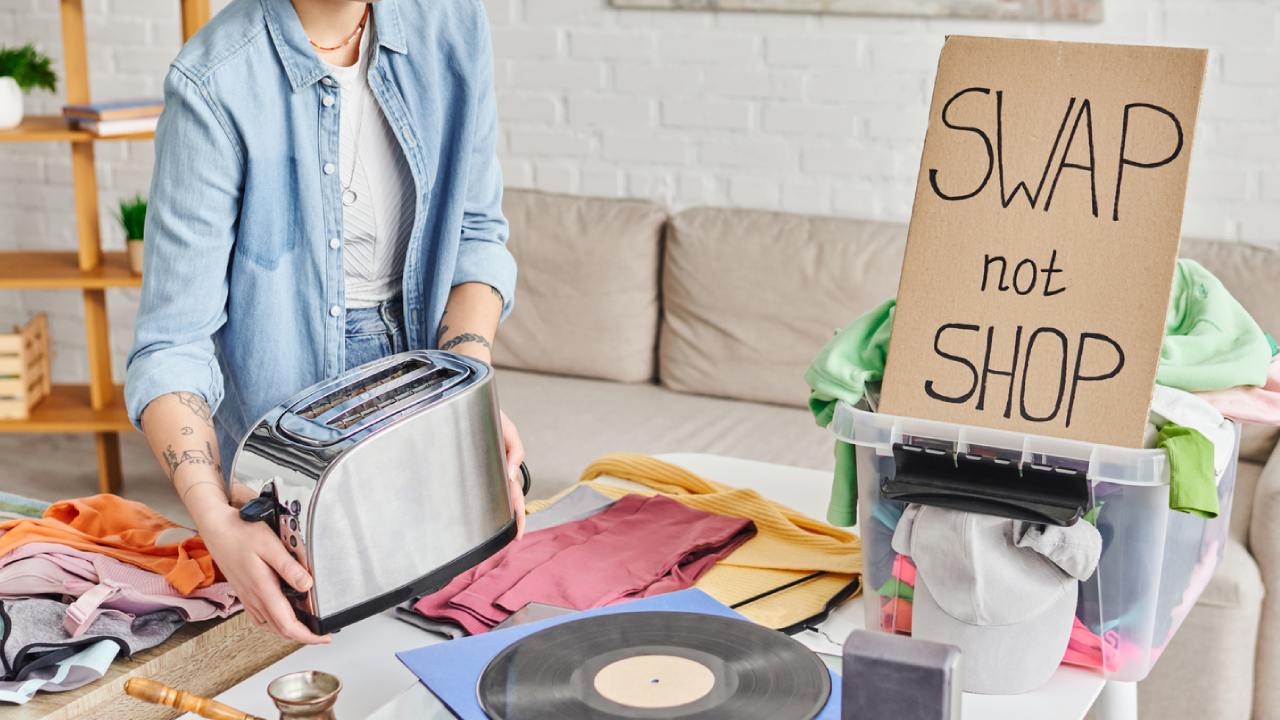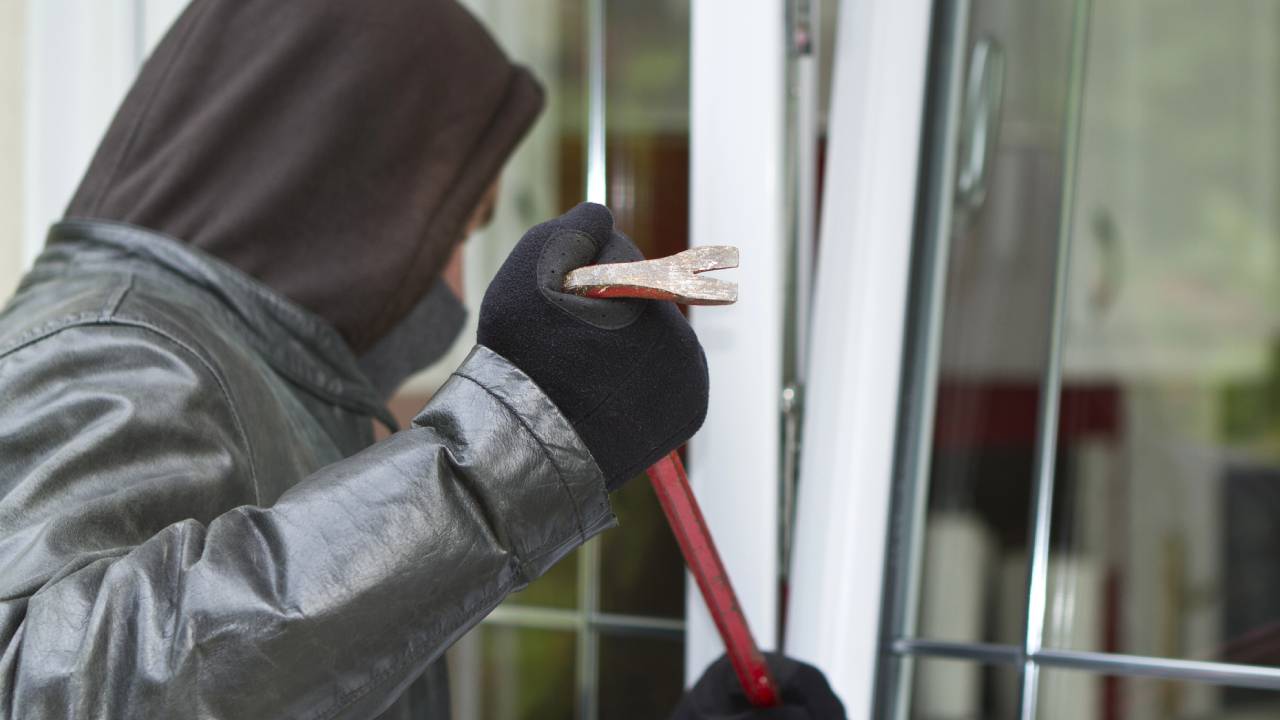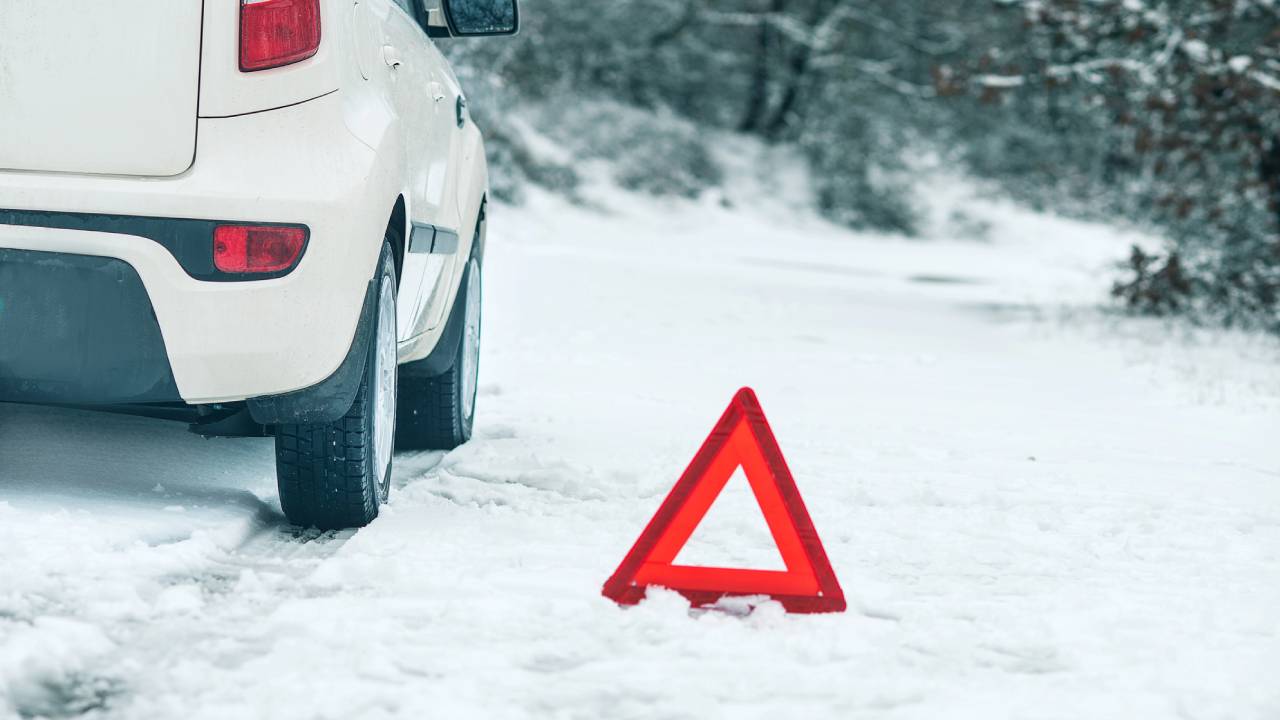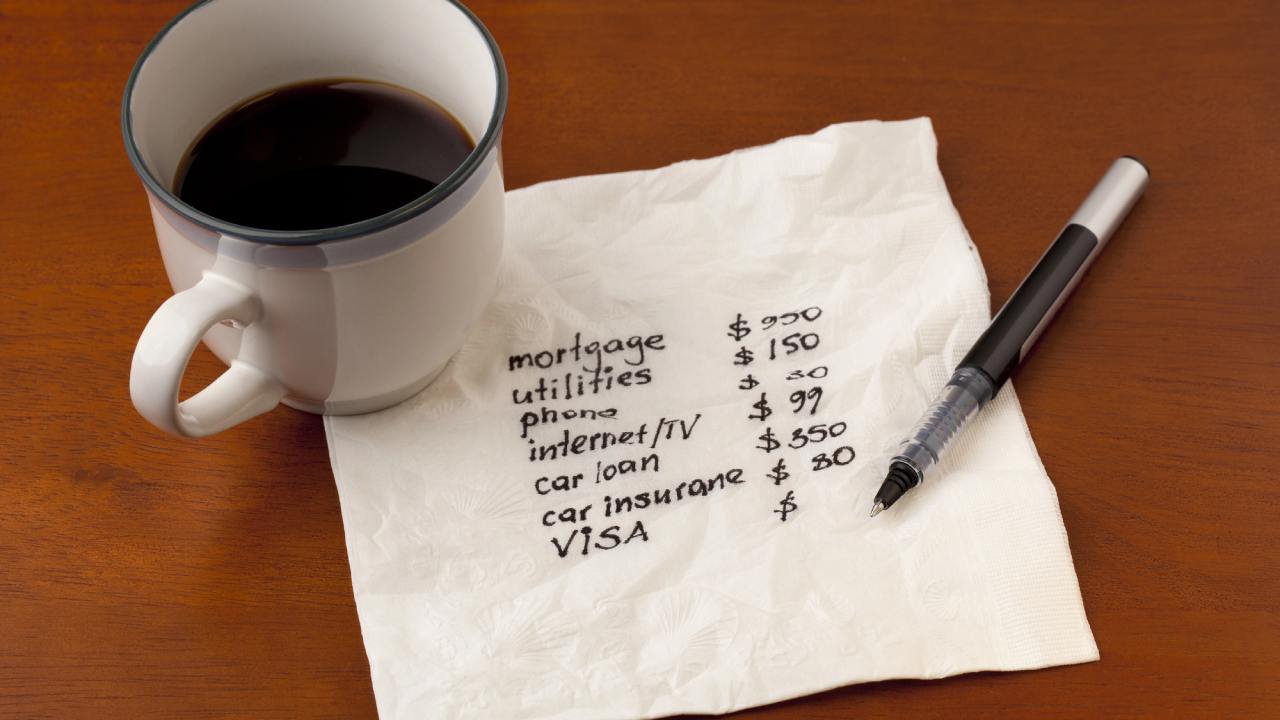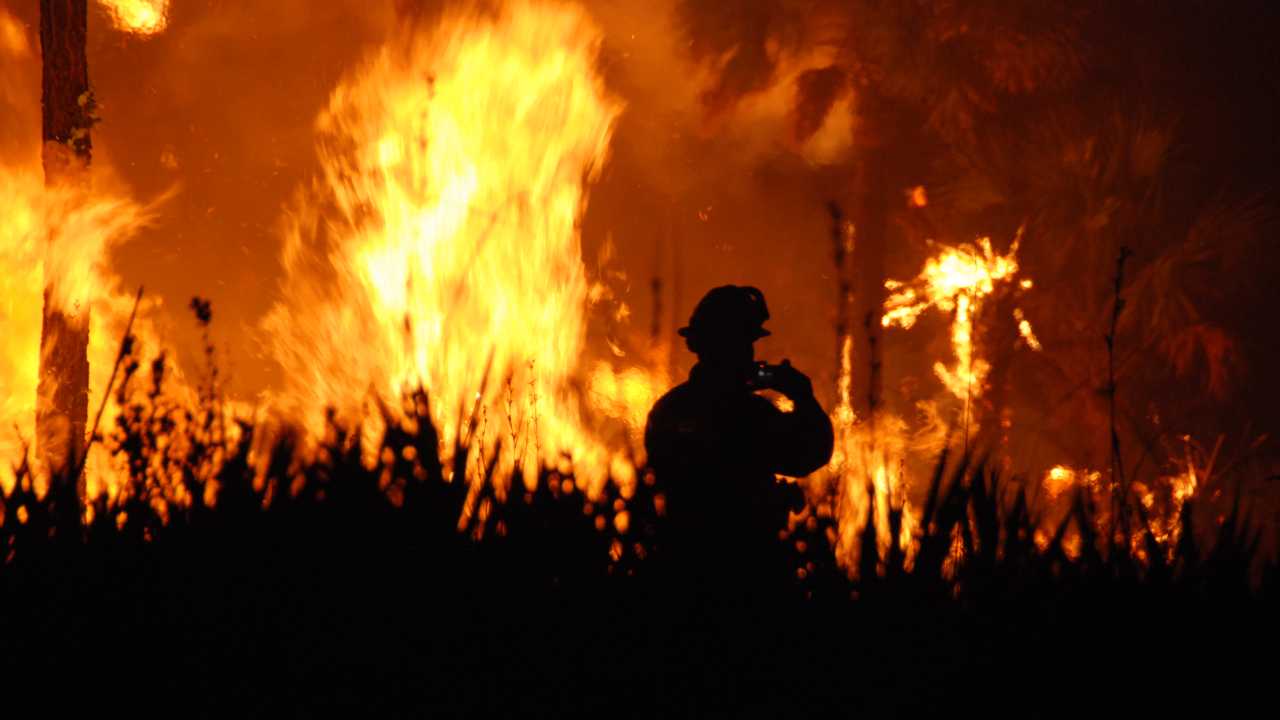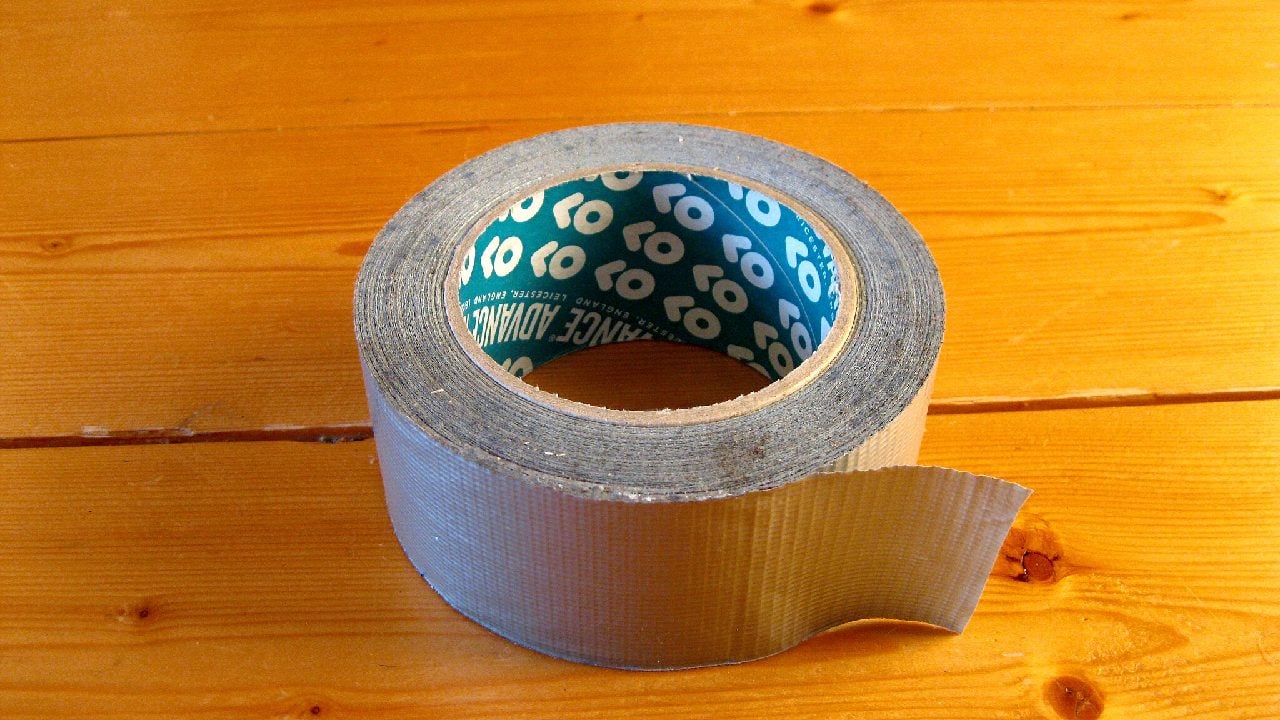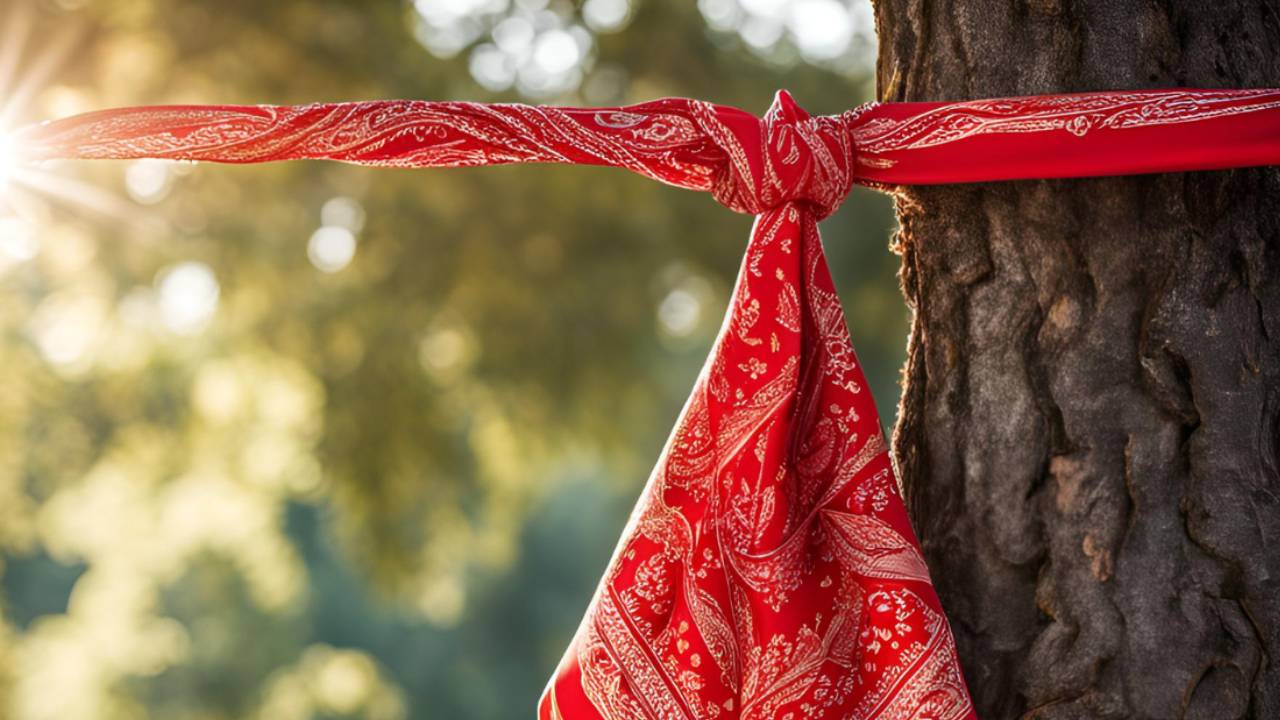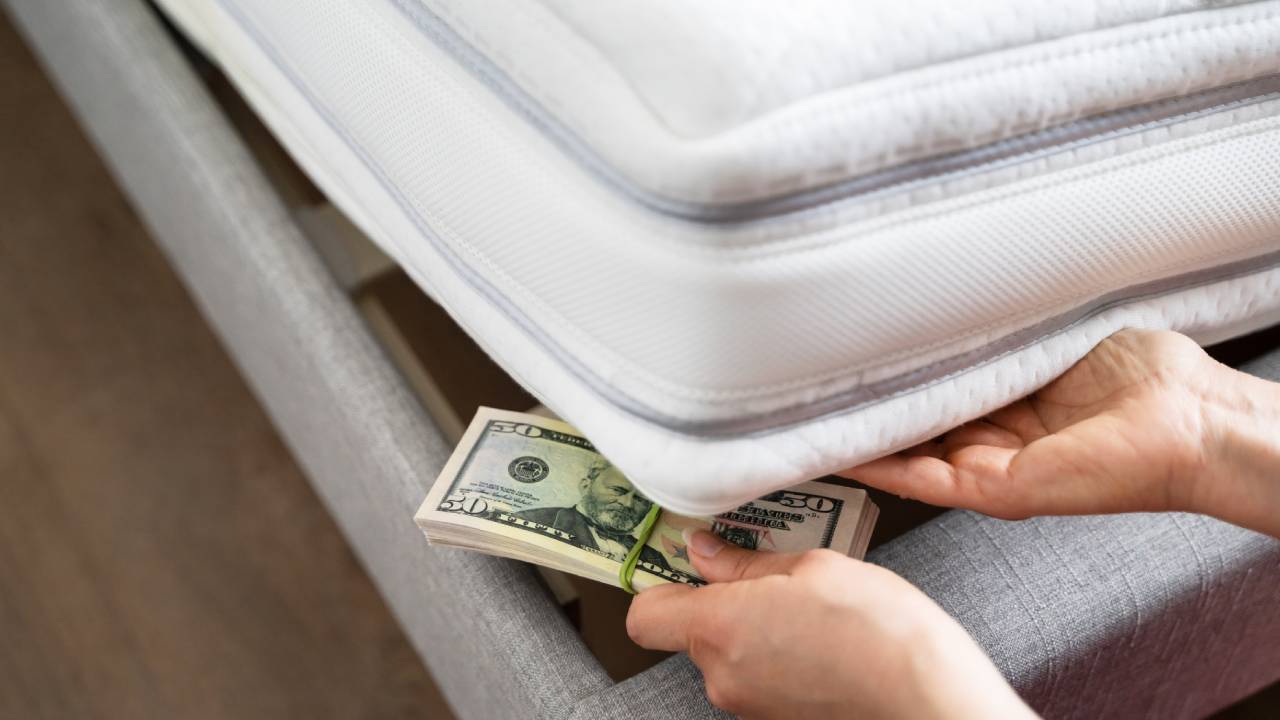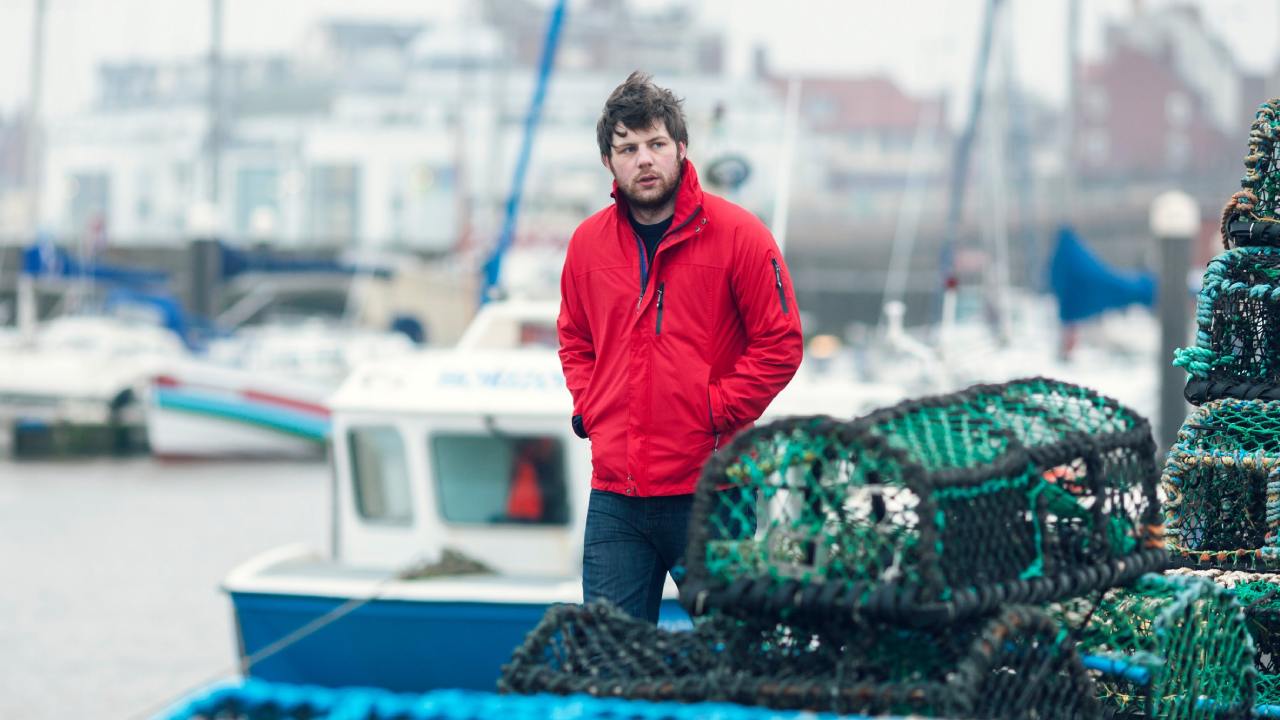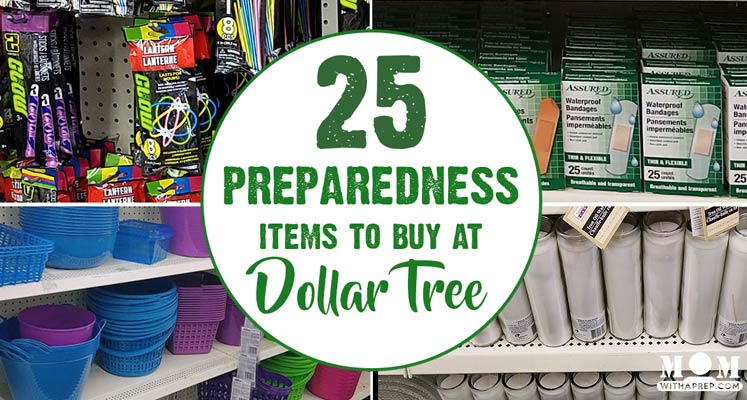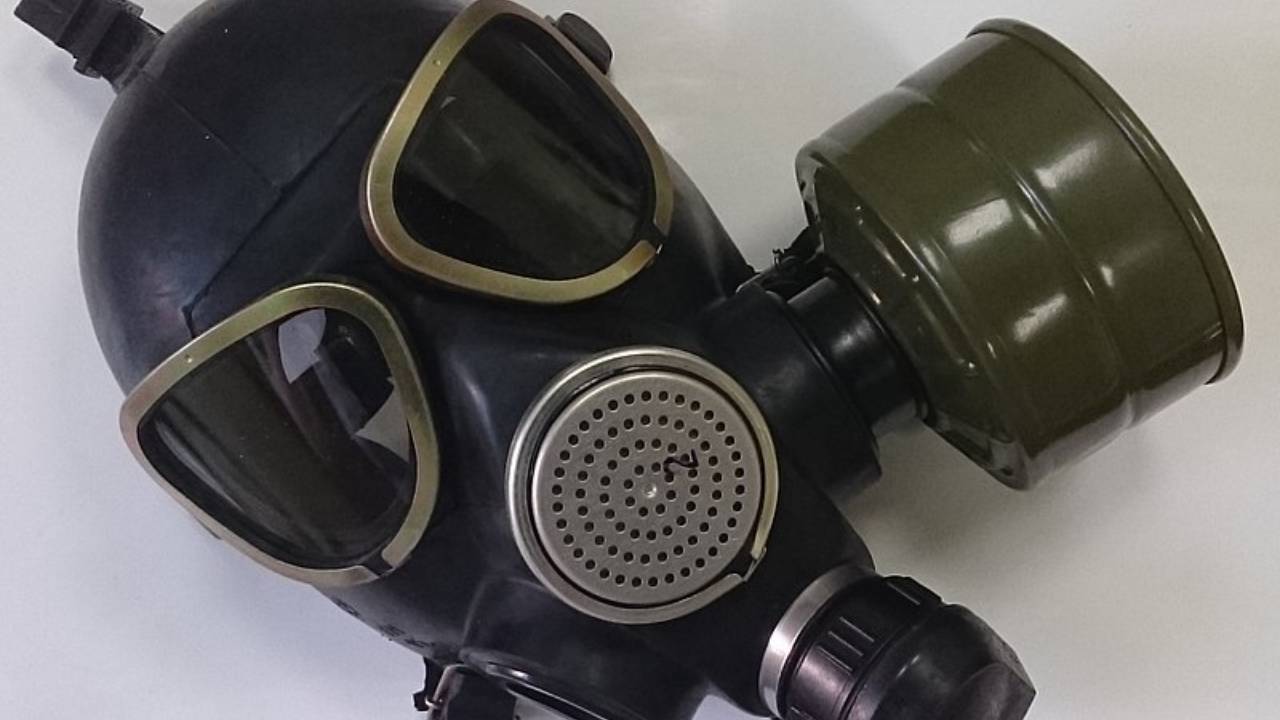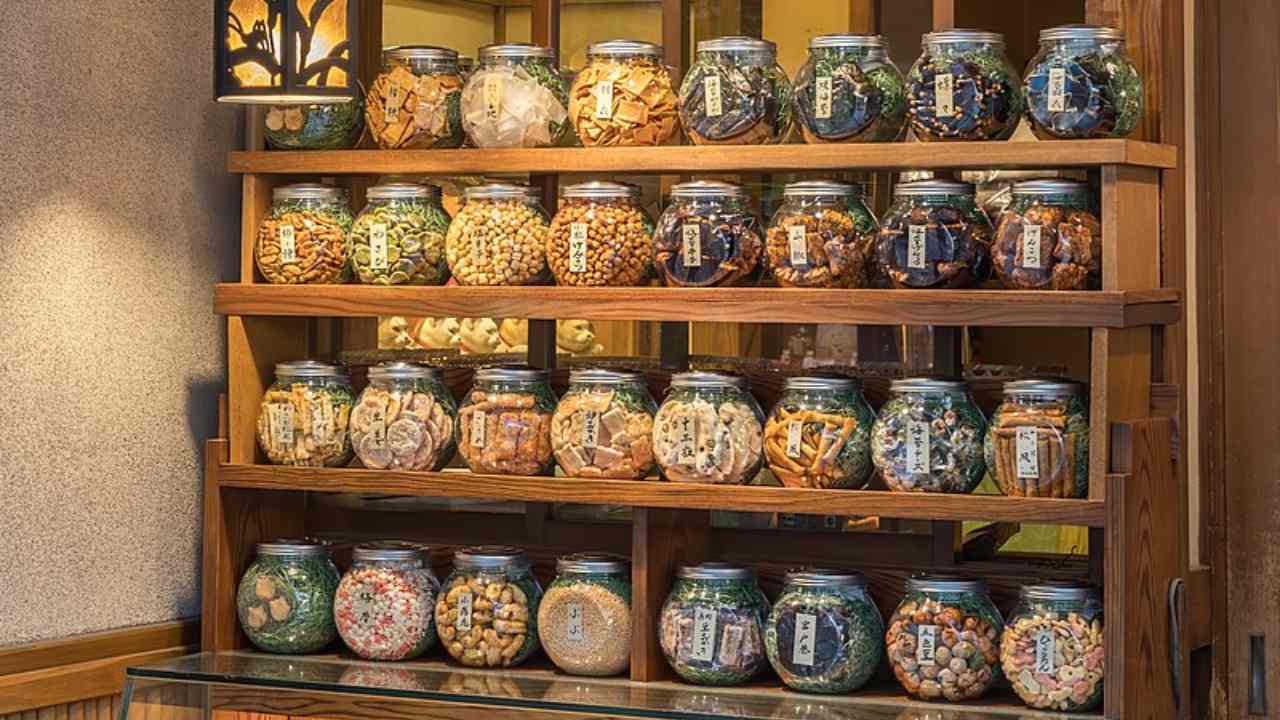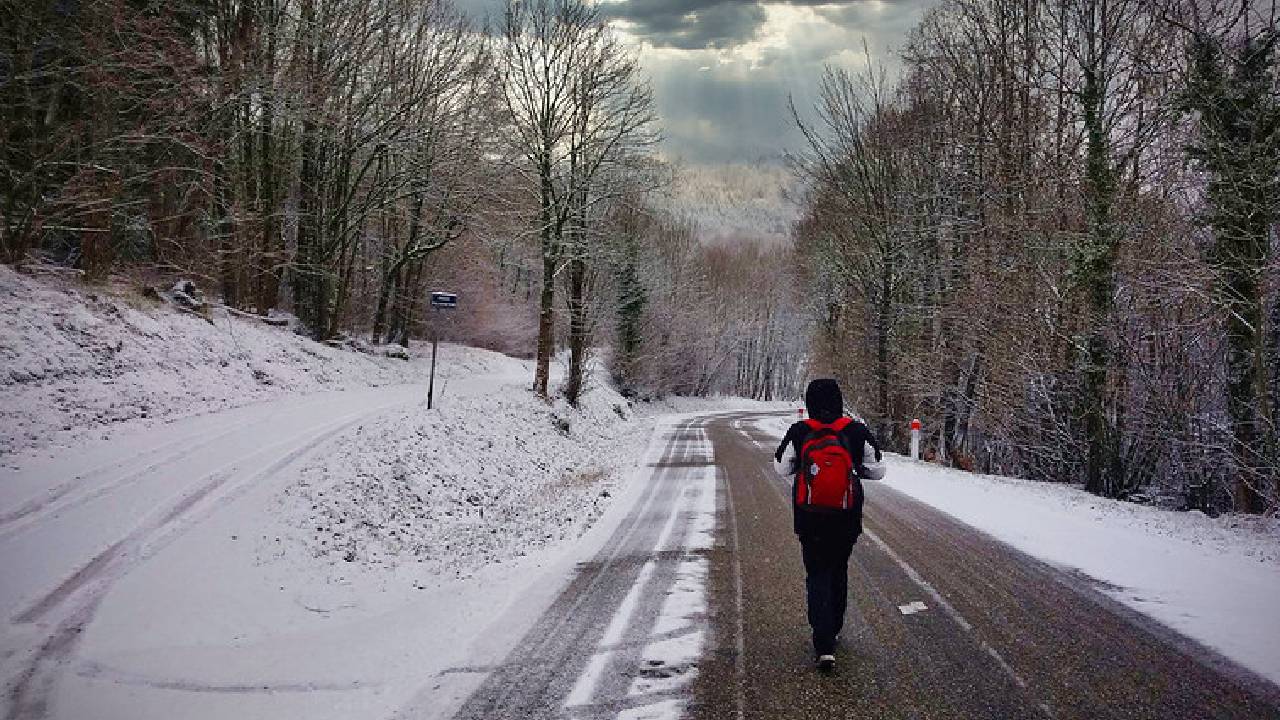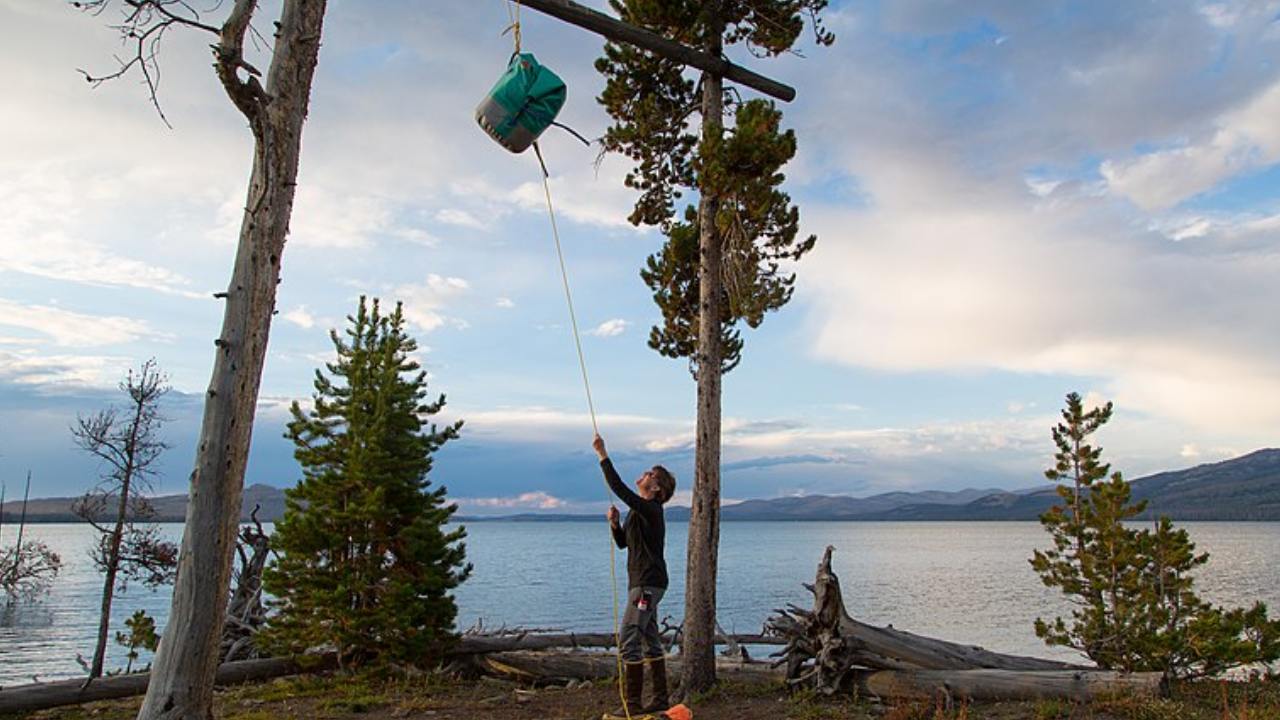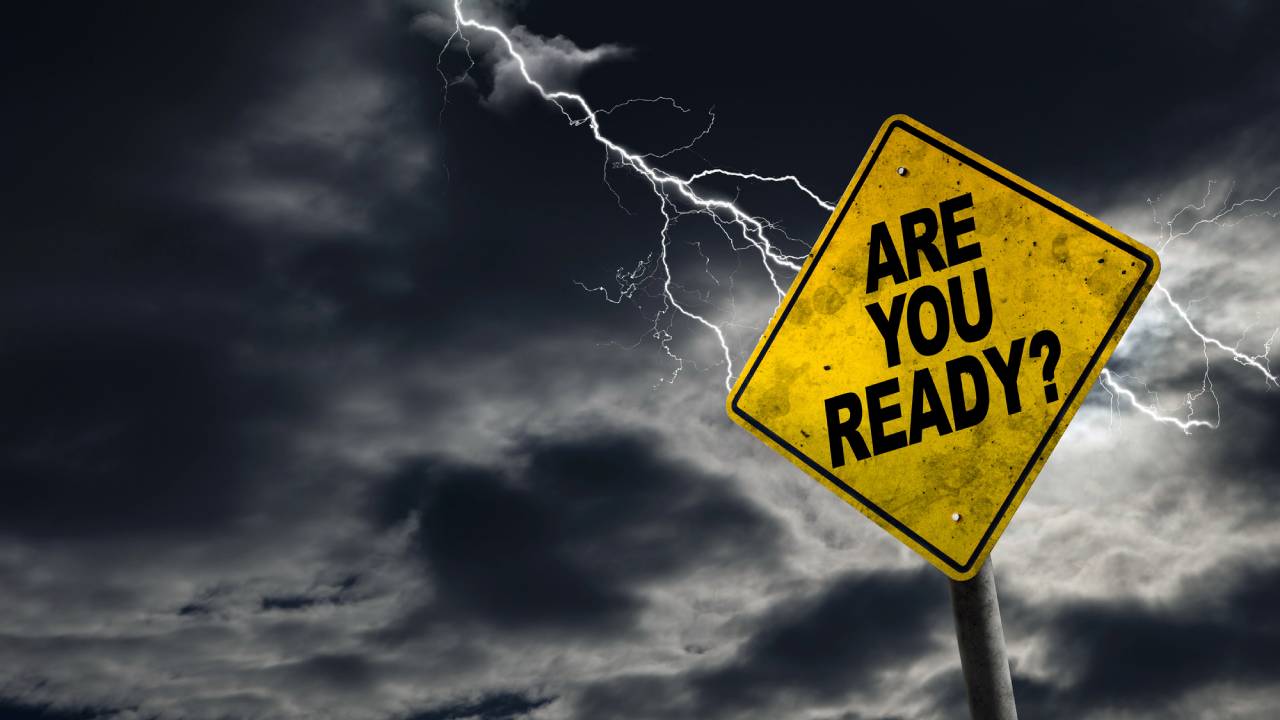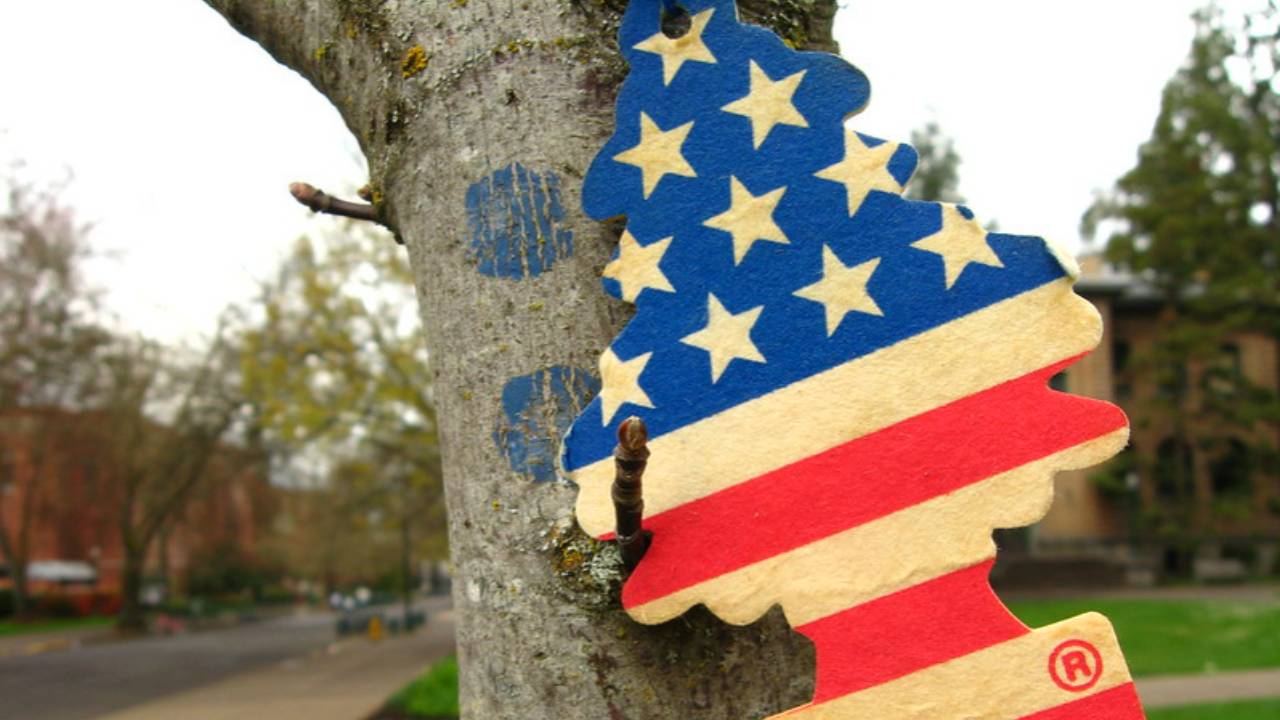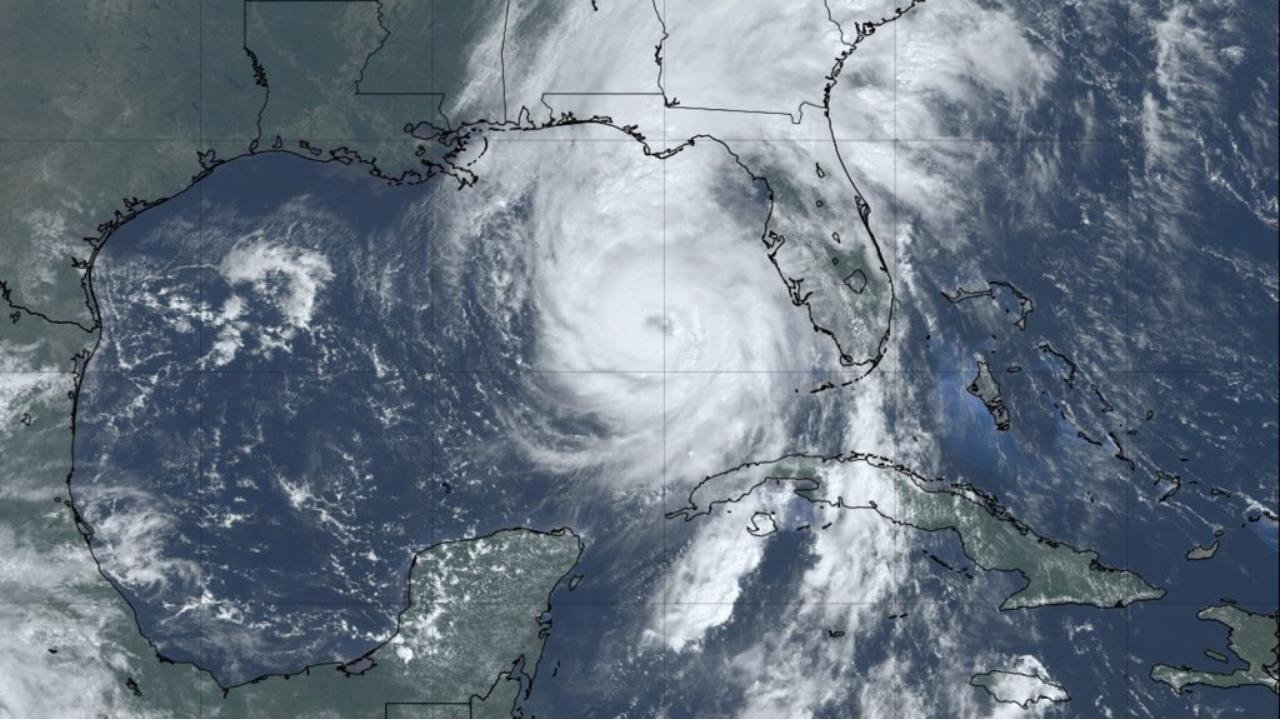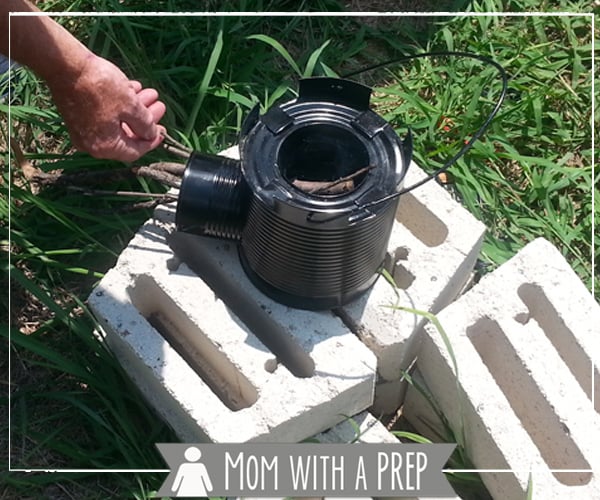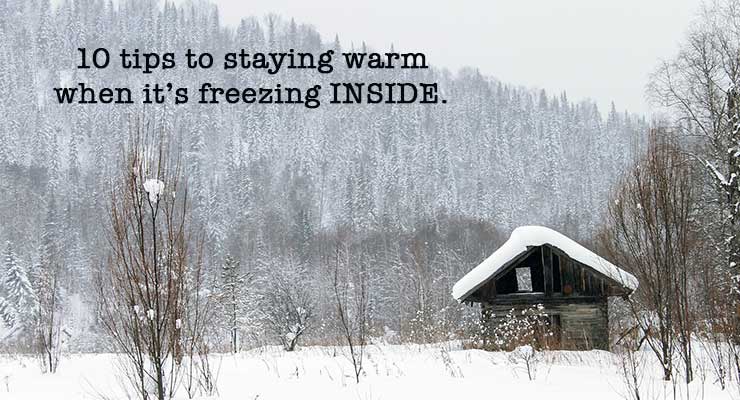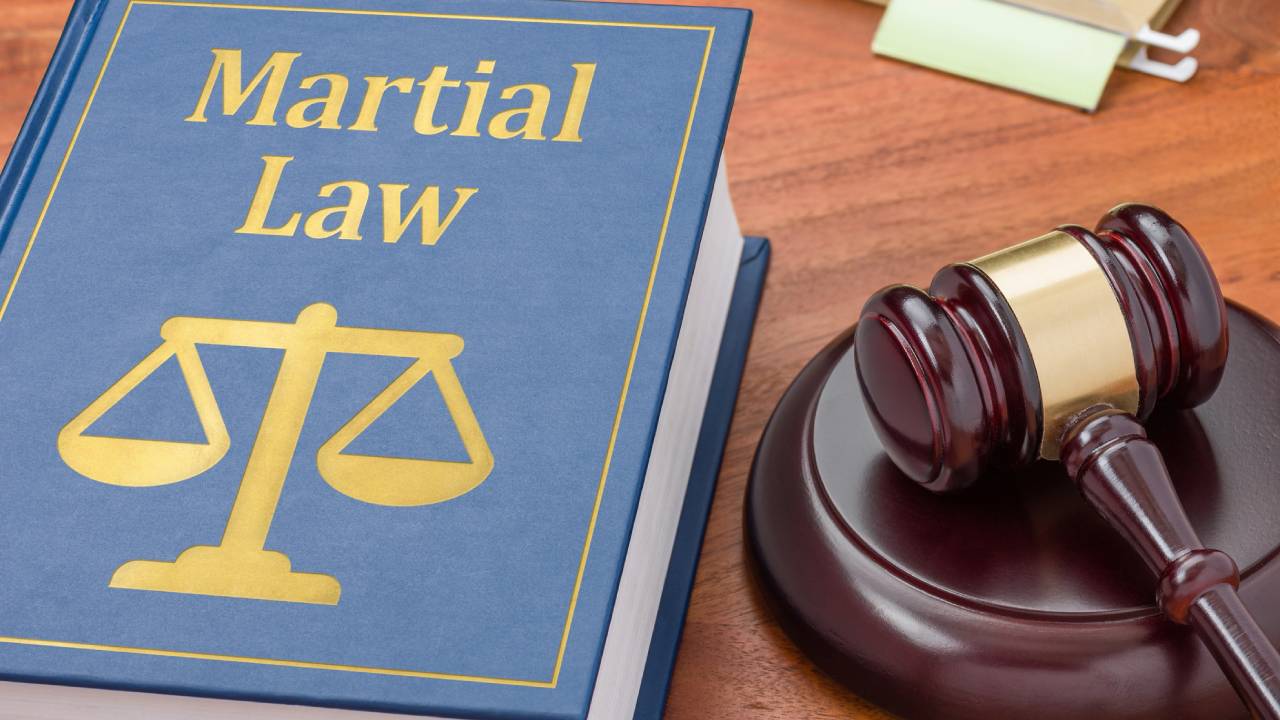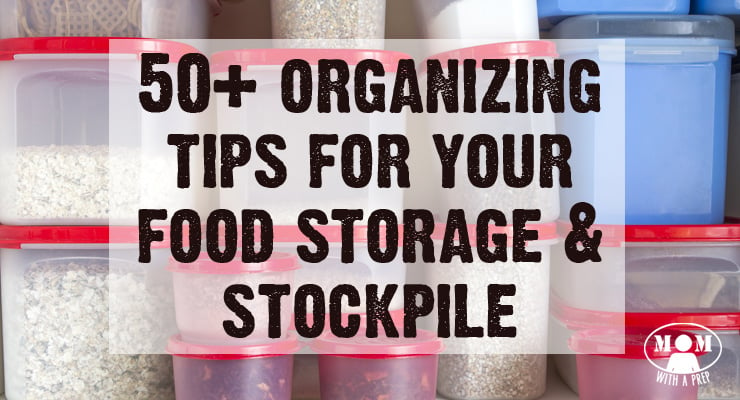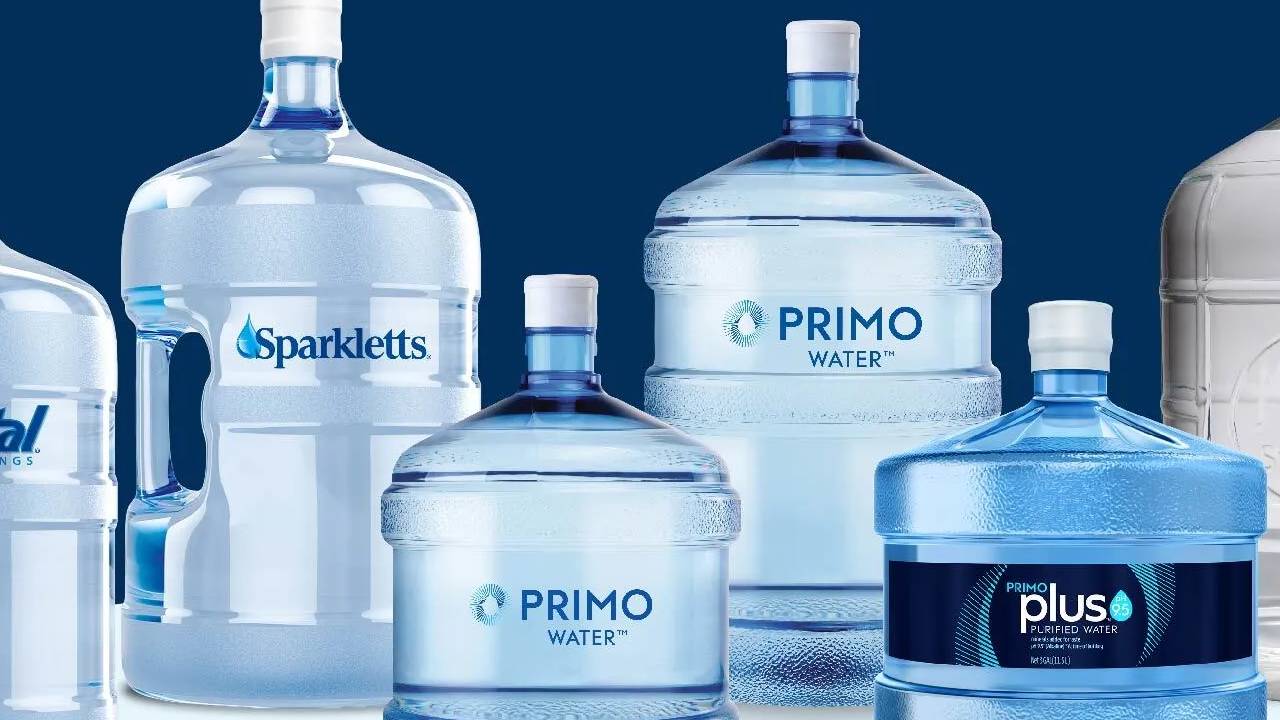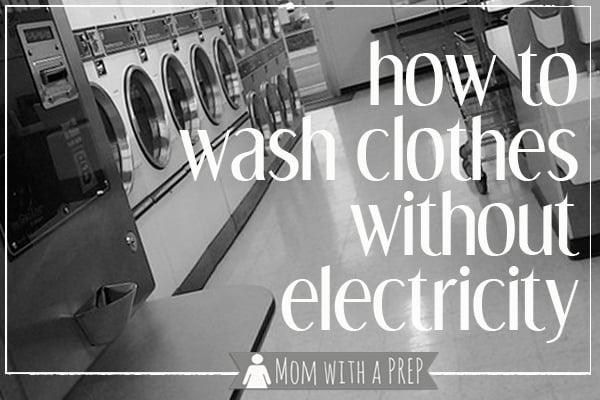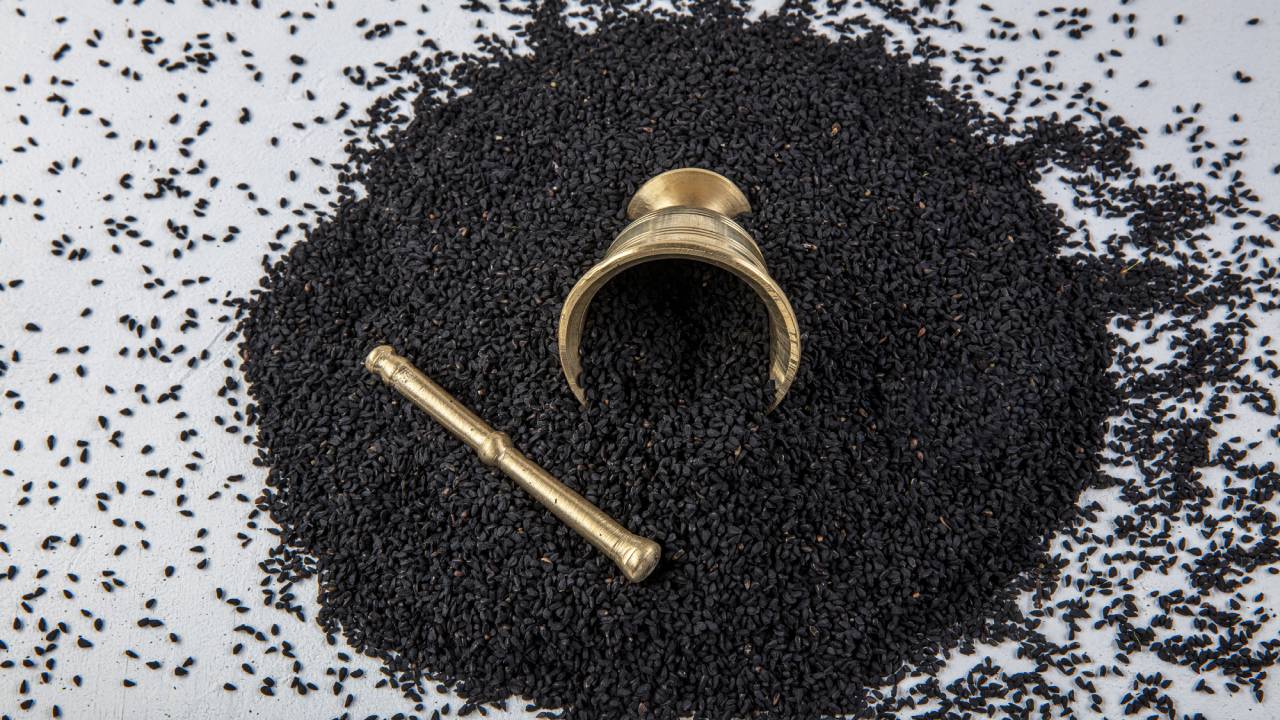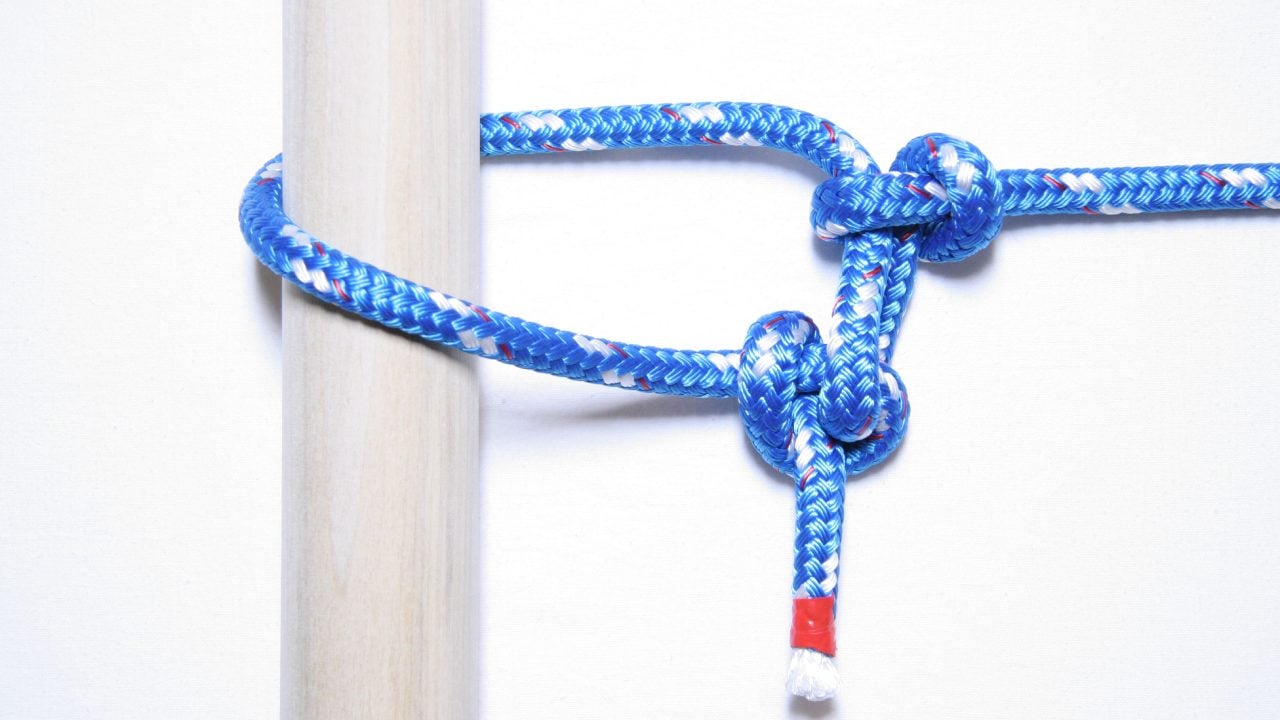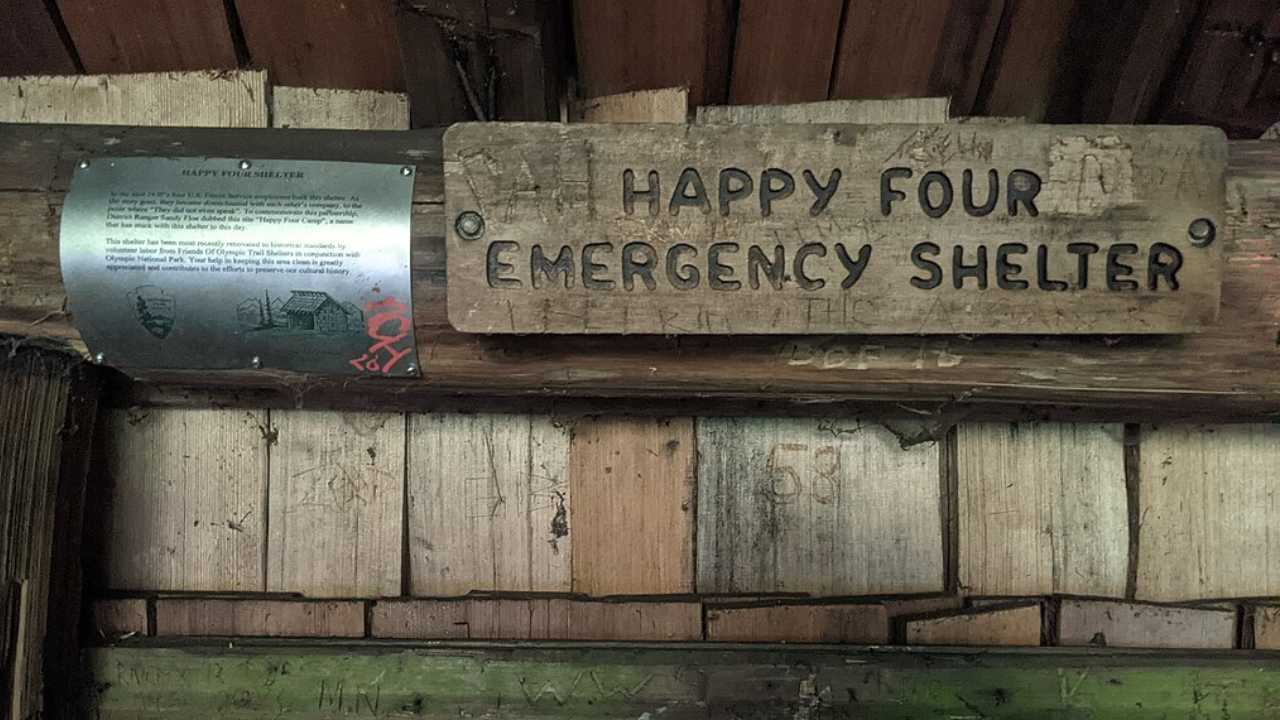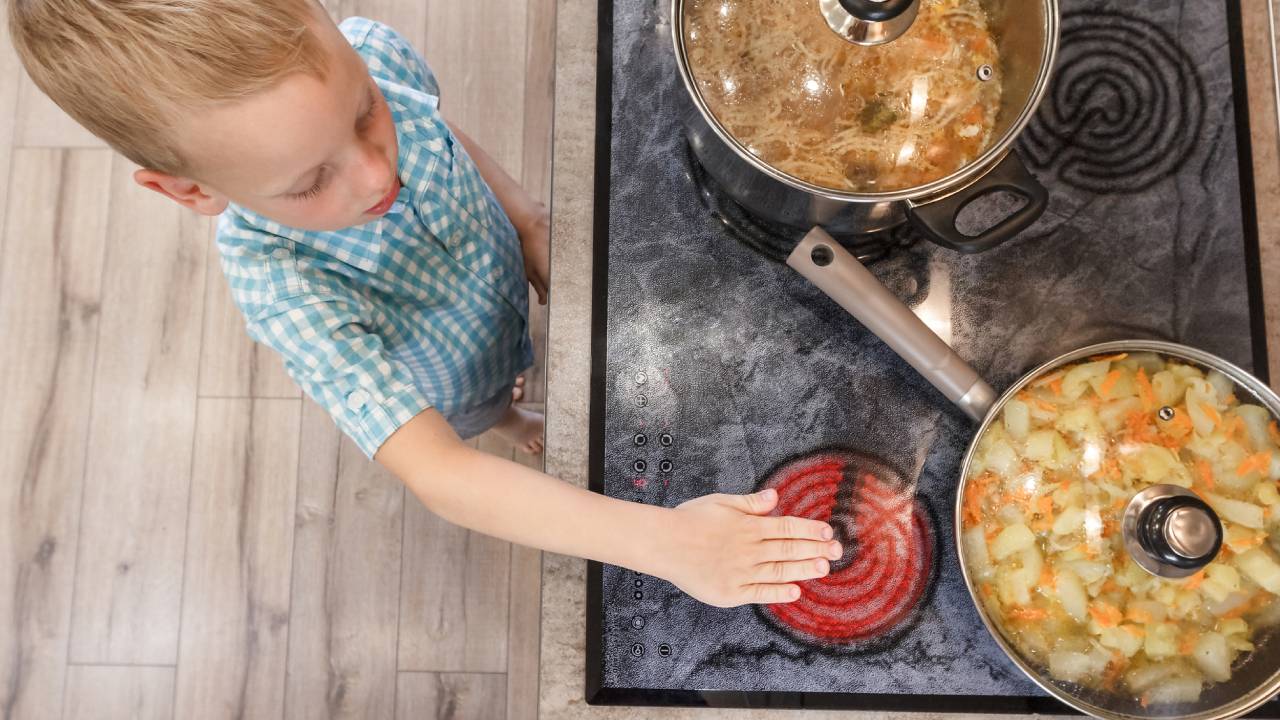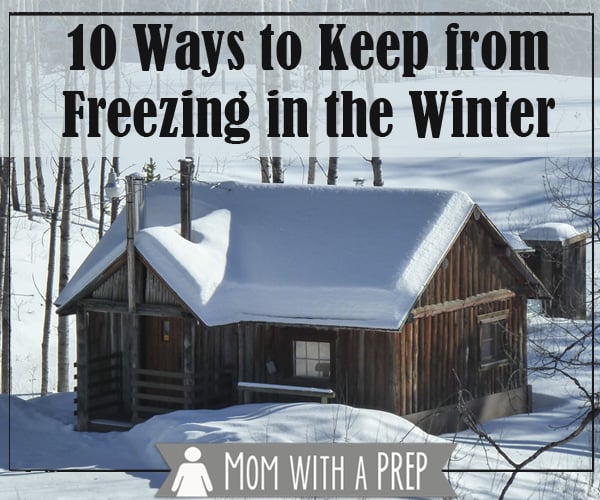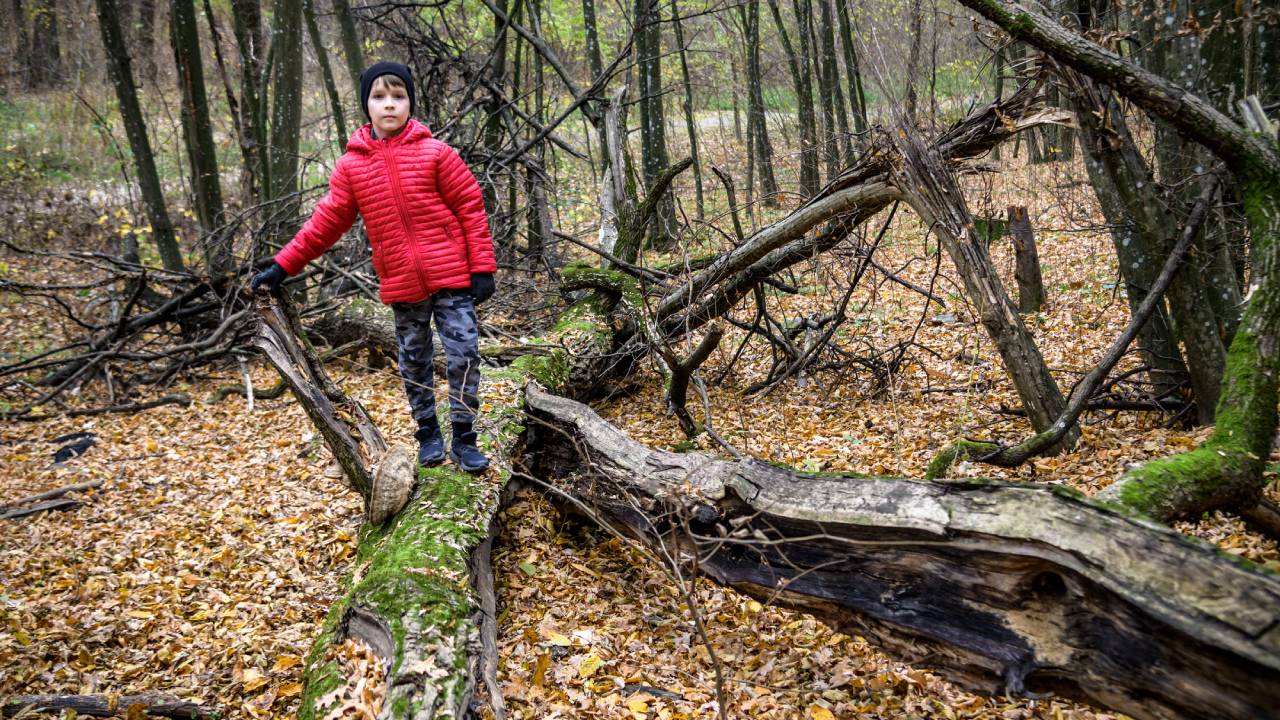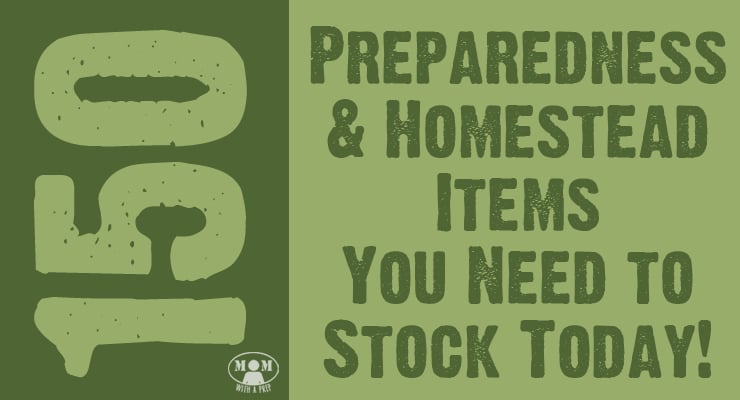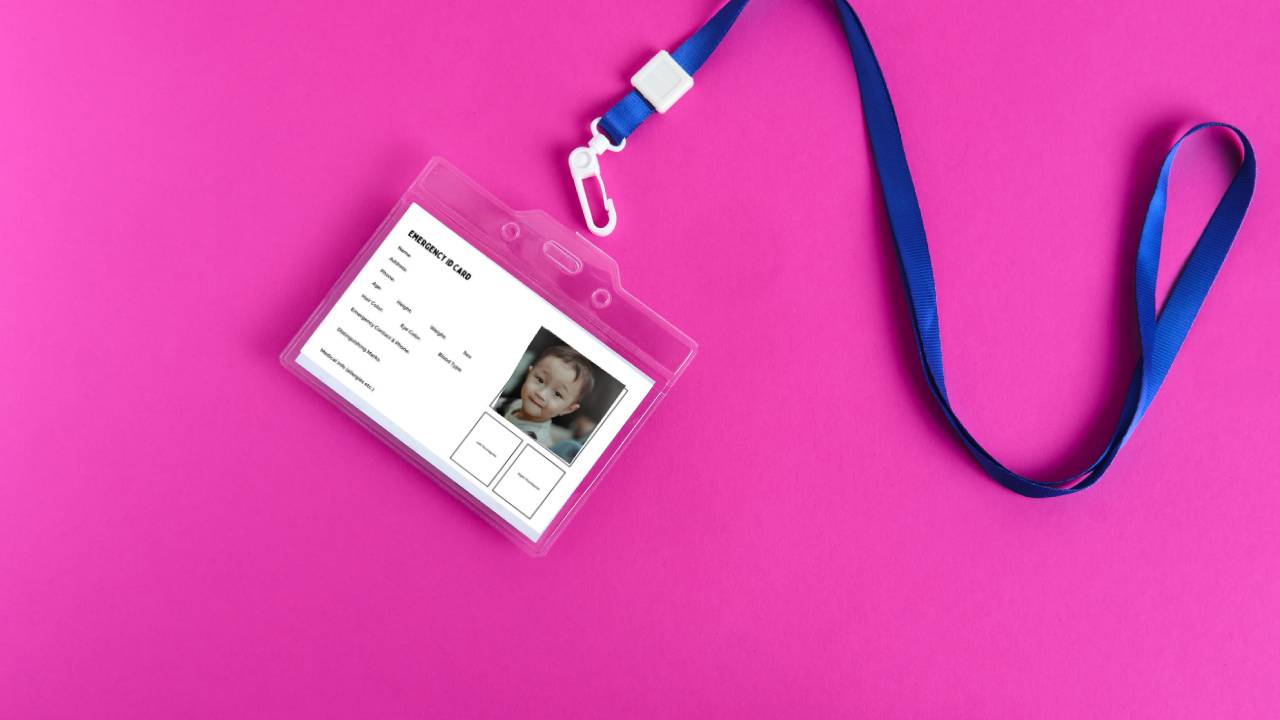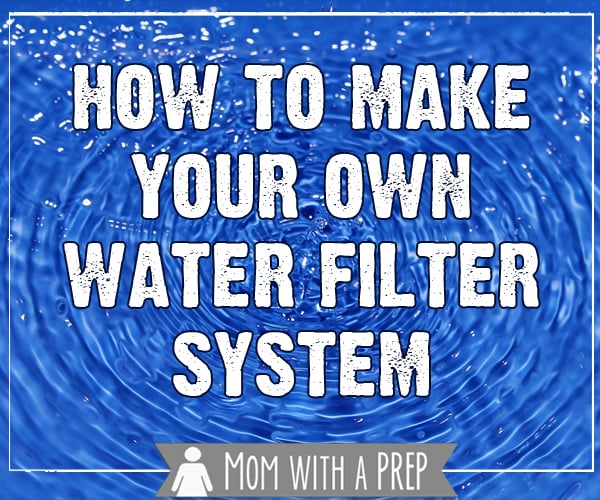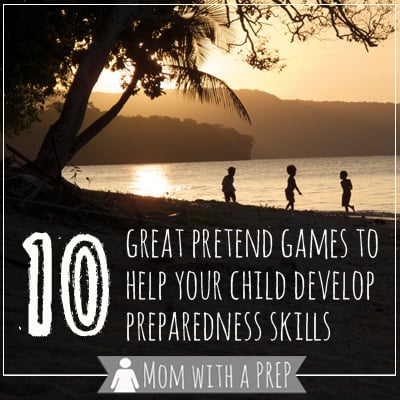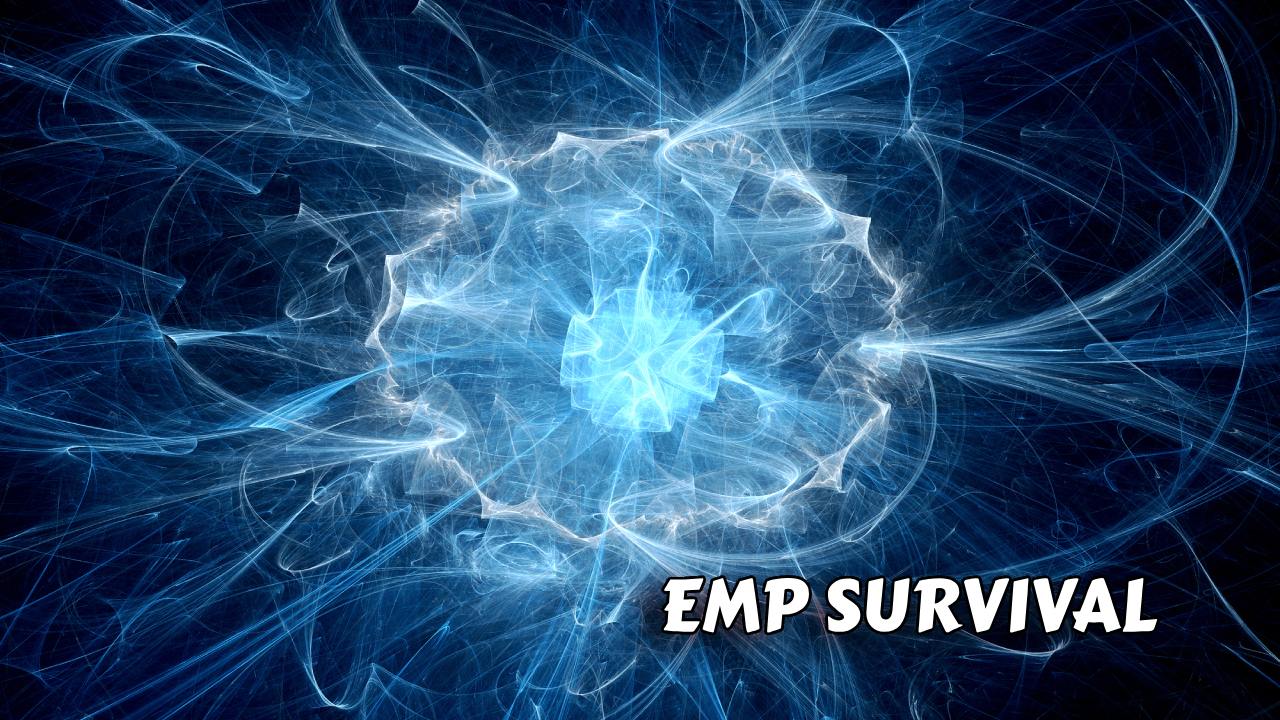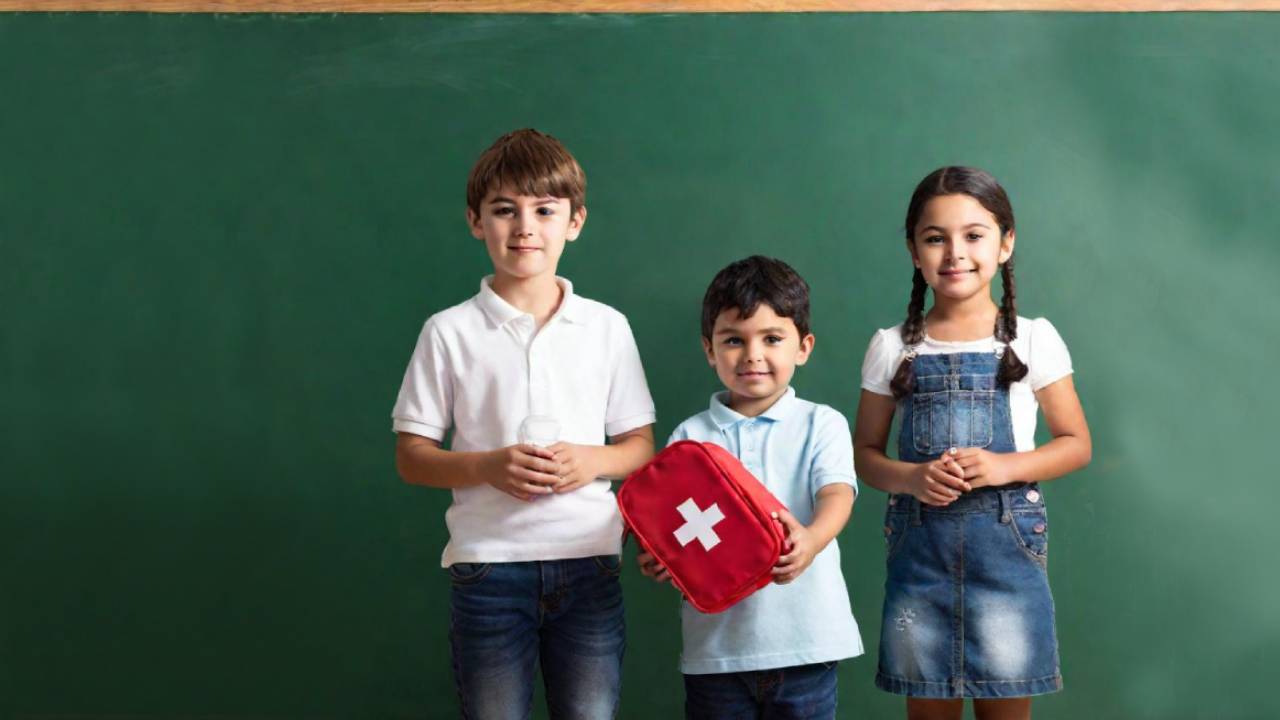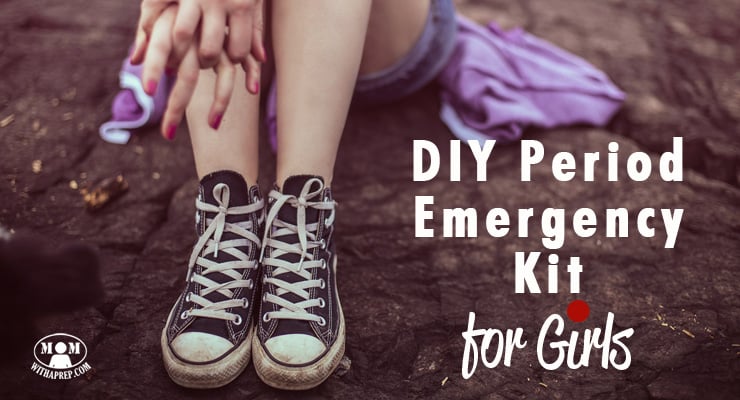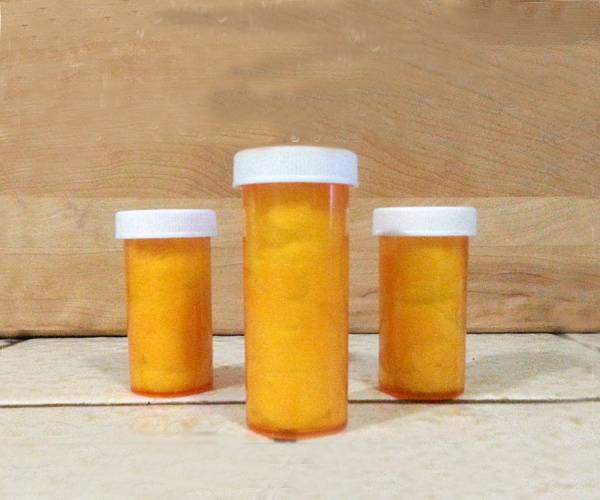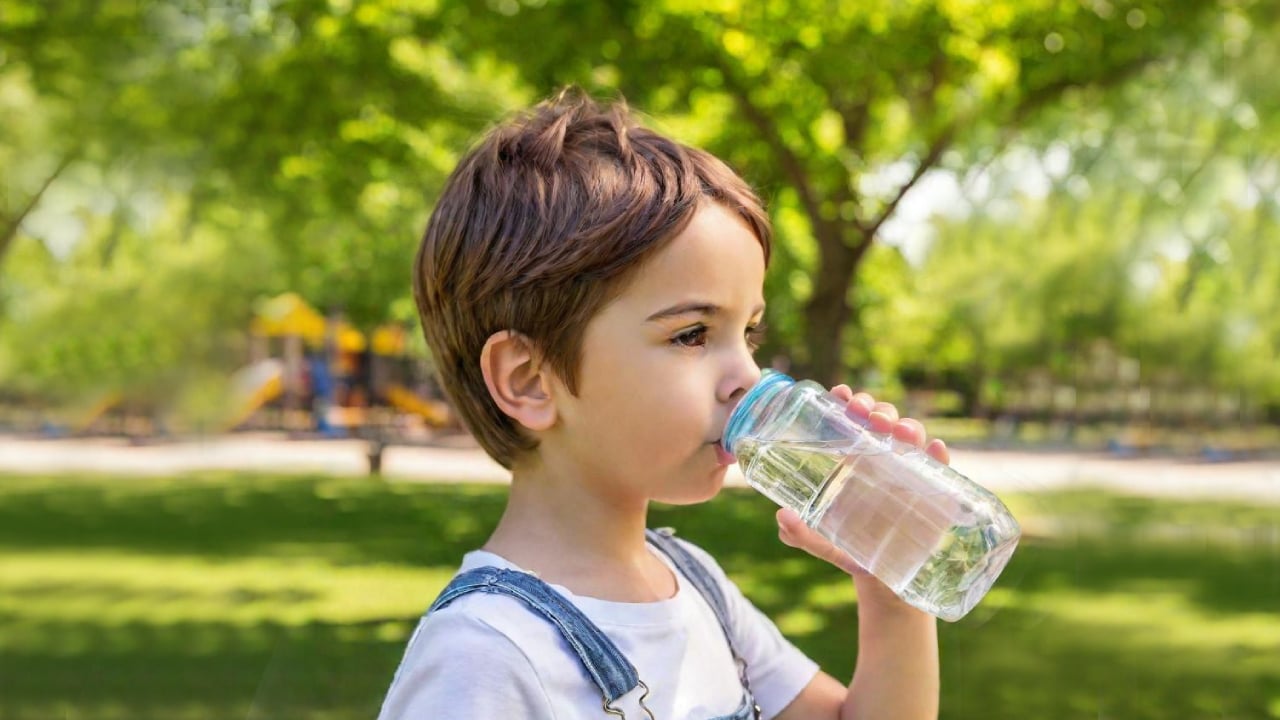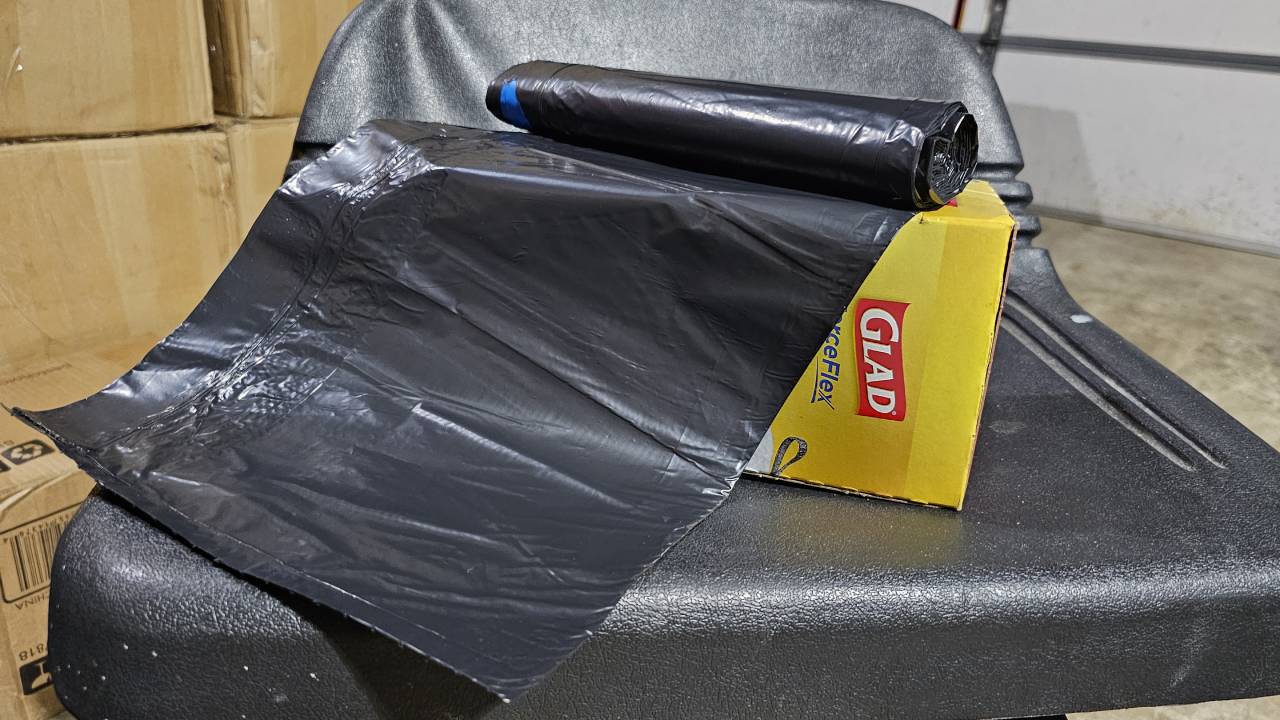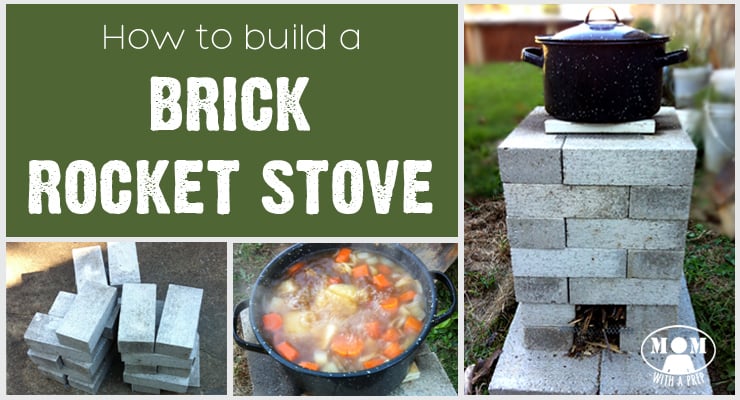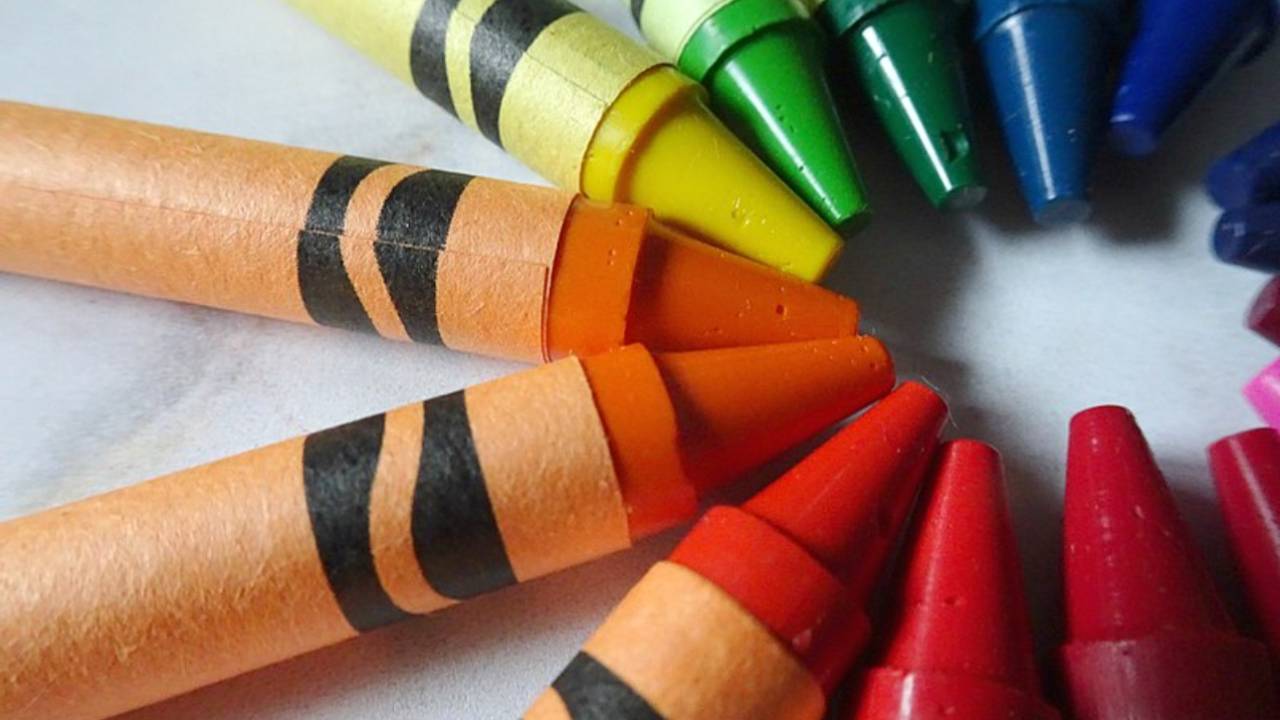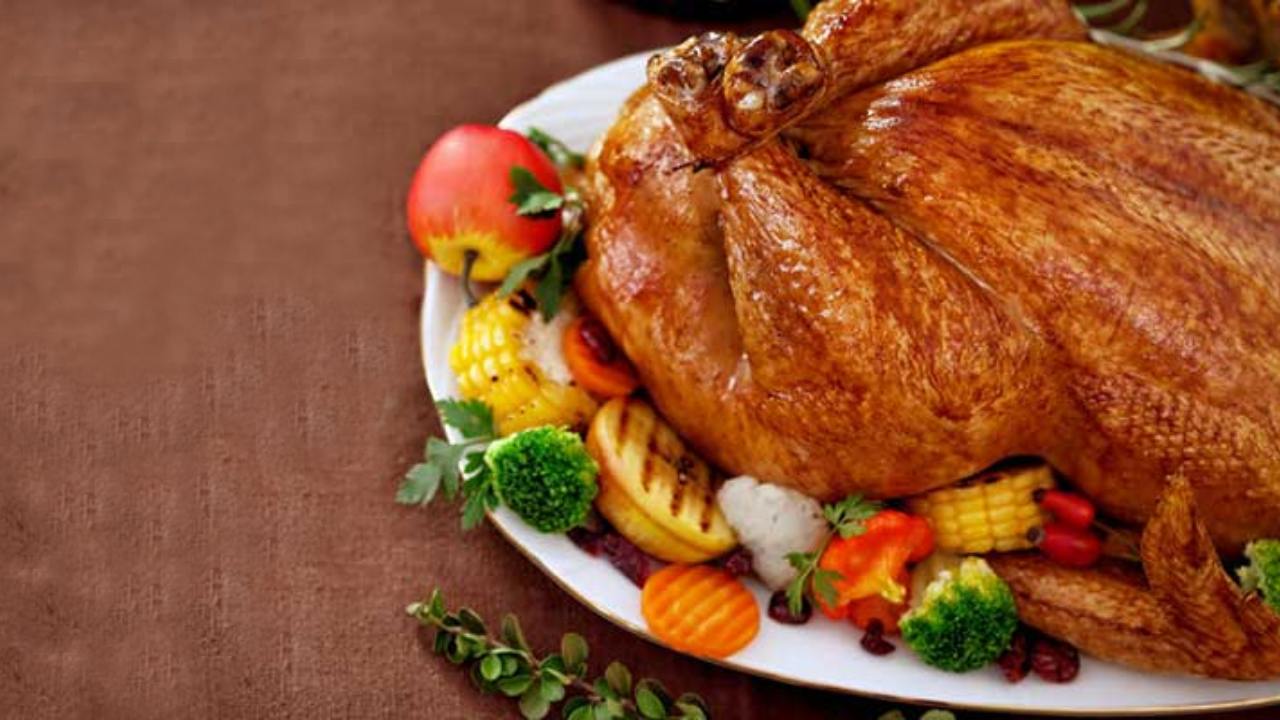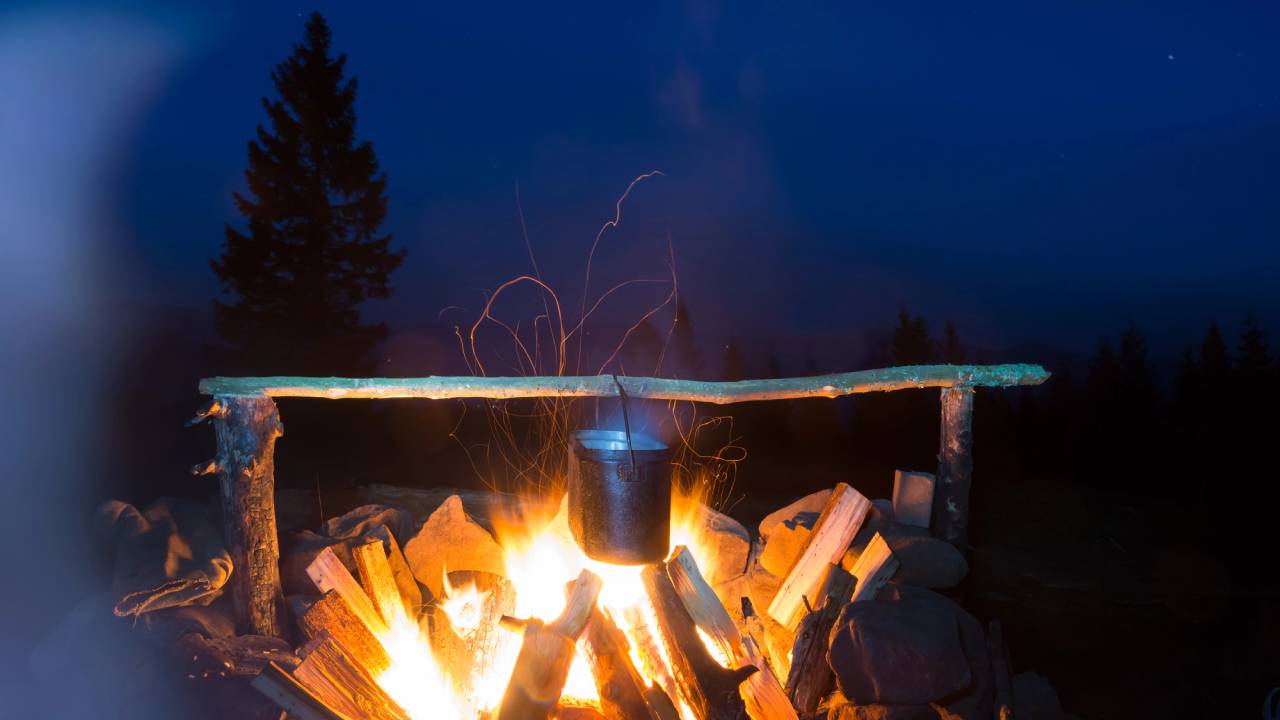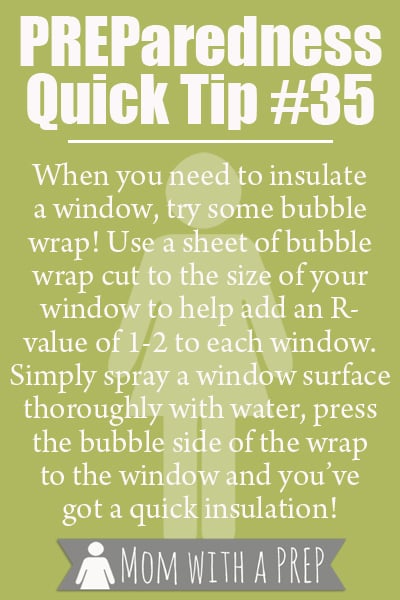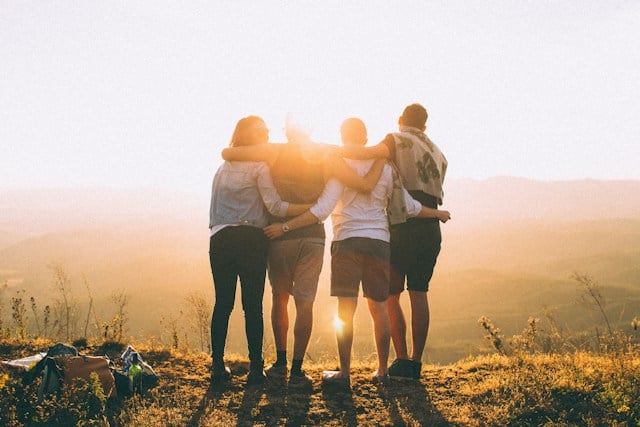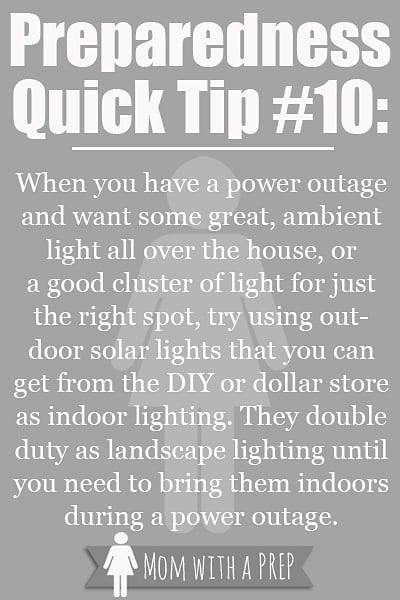Creating a family emergency binder or a grab and go binder will help ensure that your entire family is ready for emergencies. So, just like that, with a little advanced planning, you won’t ever have to worry about being without the important information you and your family might need in an emergency.

Do you have all of your important, vital documents in a handy place that you can grab in an emergency? If you had to make a run for it right now, would you have the records and official documents you would need to rebuild your life? If something were to happen, are you ready?
Most people don’t. That lack of planning can make a bad situation even worse for you and your family. If you want to ensure you’re ready for anything, you must create a Family Emergency Binder. And we can help! Be ready for anything that might happen to you or your family. With this guide, it will be easier to prepare. First off, we need to learn more about this binder.
What Is a Family Emergency Binder?
A family emergency binder includes information that can help you navigate and emergency like doctors, insurance, and banking information.
While some may include more emergency bag checklists and food storage info, the basic Family Emergency Binder should be lean and mean to grab and go. These are things that you really need in case of emergency. It’s better to be prepared anytime. We’ll never know when disaster strikes. That is why we need to be ready for our family. In times of crisis, it is great to have something to hold on to that will potentially be a lifesaver.
Why do You Need a Family Emergency Binder?
Not only is having something handy in your house for day-to-day use good, but in the event of a quick evacuation for something like a hurricane, flood, fire, tornado, or earthquake, you want to have something easy to grab that has all of your vital information, documents, and notes for your family.
- Proving who you are when returning to your home after a disaster
- Replacing important documents in the event your home is destroyed
- Getting benefits and help if displaced after a disaster may go faster if you have documents
It does not have to be an elaborate four-binder system with all of your life’s history in it, but simply keeping a few pieces of paper in an emergency backpack or tucked away in a drawer somewhere may not be enough if you’ve fled in panic.
We keep a vital emergency binder handy with the papers we need, plus a separate binder with all of our planning information in it. It houses home inventories, food storage, home warranty info, shopping lists, plans, and more.
Our immediate need emergency binder is a 1-inch binder with all that we would have to have if we had to leave in an emergency. That is what I’m going to be listing here. You can add more information as you need for your family or go with one of the systems listed below.
What Should Be In A Family Emergency Binder?
1. Emergency Contacts
- Family & Friends’ addresses and phone numbers
- Phone contact trees – if you have a contact tree for schools, church, friends, family, etc.
- Kids’ schools and daycare centers
- Important business associates
- Doctors, Dentists, and local hospitals/clinics
- Business and work numbers and contacts
- Utilities – even if you have left home, you need a list of utilities in case you need to contact them for safe return dates, report a problem, or inquire about your location during an emergency. This would include whoever runs your water, electricity, gas, and propane.
- Local non-emergency numbers for police, fire, ambulance, and city
2. Financial Information
- Credit card numbers and phone numbers (plus websites and passwords)
- Insurance card numbers and phone numbers
- Bank Cards, accounts, and phone numbers (plus websites and passwords)
- Investments/401K/safety deposit information
- Last two statements from all of your financial accounts – checking, savings, 401K, investments
3. Copies of Vital Documents
- Driver’s licenses or State Issued ID Cards
- Social security cards
- Credit cards (front and back)
- Military Records
- Adoption/foster records
- Naturalization/Immigration documents
- Church records
4. Medical Information
- Advanced Care Directives
- Medical Power of Attorney
- Immunization Records
- Medical history if you have serious illnesses/diseases
- Current Prescription lists
- Insurance information – copies of your cards (front and back)
Donna had a great idea to help save space – If you are worried about carrying a lot of paper for your medical info, word process the basics, use the smallest size font you can, and print out the information. The space/size will be greatly reduced. In the aftermath of a localized emergency, to “read” it is put on a copy machine and enlarged.
5. Legal Documents
- Power of Attorney for you
- Power of Attorney for others – if you’ve been given the POA for someone, it is vital to have it with you. While in most cases a copy isn’t a legally binding document, you may gain some leeway over having a copy in an emergency. Plan on keeping your original here.
- Deed and titles to your home and/or cars
- Birth certificates – you can order duplicate official documents from your state agencies
- Wedding licenses
- Wills – again, original documents are the only legally binding ones.
- Death Certificates – it may be important to keep a death certificate from a recently deceased family member – this is a judgment call for you.
- Passports
- Car Titles
- Lease information
6. Insurance
- Insurance Policy with local agent information
- Insurance cards, if needed
- Home inventory – Keep copies of your home inventory if you have lost your home due to a localized emergency and need to go to a field office for your insurance company. While you should always have a copy of this (including video/photos) that stays with your local insurance agent, keeping a copy for you to hand in during an emergency might get you on your way to recovery money faster.
7. Other Items
- List of vital websites and passwords – whether you run a business online, you need to be able to get to an email address used by your family or local network.
- Your Emergency Plan – you’ve planned everything out with close family and friends. You’ve got a plan on who to call, options of where to meet, and call signs for radios, but it may be hard to keep everything straight when you’re in a panic. Have a plan printed out to refer to.
- Keys to your vehicles, house, and storage spaces, plus keys to locations you’ll be going to in an evacuation if you have a designated spot (key to your parent’s house if you go there to ride out the storm.)
- Emergency ID cards in 4×6 cards (click the link to print your own free) that can be handy for emergency bags as well, or full-sized sheets
- Evacuation Checklist – your plan of attack for sudden evacuations. Don’t leave trying to remember what to take to your memory, especially if you haven’t drilled the process. In our moments of panic, we tend to lose our focus and our way. Pulling out your checklist will allow you to work with purpose and expediency.
- Maps – Local and regional maps with planned escape routes. We’ve printed off maps from Google to include in our binder that has shorted routes around our city to other checkpoints. It saves the bulk of a full map which we keep in our emergency gear. We just duplicate the quick, important info here and laminate it to keep it clean and wrinkle-free.
- Photos – Because we’re an all-digital world now, folks are less likely to print off their precious family photos. But even if you did, do you want to haul those boxes full of photos and scrapbooks if you have to evacuate? Better yet, scan them, put them on a thumb drive or two, and save all your photos for a day when you can look again. You can also use photo page protectors to include a section in your binder not only for family memories but for identification, as well. Click here to learn about all of the options for digital storage I shared recently.
8. Don’t Forget The Cash
While I advocate having an emergency bag for each family member that should contain cash, carrying cash on your person at all times, and having cash stashed in your car for emergencies, I feel it’s also important to have cash in your emergency binder.
Because lives are uprooted during localized emergencies, you may only have one or two pieces of any of the important binders, bags, etc., to carry with you, so important things need to be duplicated in all of them.
I don’t advocate keeping your entire life savings in your binder but having a pencil case meant for a school binder full of some coins (for laundromats, vending machines, etc.) and small bills and larger bills (purchasing food, gas, and accommodations on the go).
Supplies to Create an Emergency Binder
Your binder can be as unique as you are. You can decorate it up, keep it simple, use something other than a binder, or keep it all on a thumb drive (see below). Here are some basic supplies you might need for your emergency binder. Start from the list and make it your own.
- Binder – whether you do a typical 3-ring binder (I like using products that allow me to put in a spine card to identify the binder since we use more than one) or a waterproof notebook. It’s important to have something that is handy and that you will use.
- Index Sheets – this is great to keep each of the segments of your binder identifiable. You want to be able to get to a section quickly.
- Page Protectors – I love adding page protectors to my binder because it allows me quick in-and-out access to important documents we use often. It gives a bit of protection to those documents. You can also use a page protector that is an envelope to make sure smaller items don’t fall out.
- Waterproof Pouch – Because there are various ways your important documents can get wet (putting out a fire in your home, floods, or hurricanes), keeping them protected is a good idea. You can use this waterproof pouch to tuck your binder into. (Or get a pouch that is a good size – they even make 2-gallon zip-top bags that might work for you, instead.)
- Firebox – binders aren’t secure enough for some families, so they put all their documents into a lockable firebox for added protection. Just make sure it’s small enough so you can grab it and go!
- Laminator – Using a laminator can help protect documents from harm such as dirt and water. I would only do this to copies, not originals as any kind of altering may make them invalid. (According to the Social Security Agency, laminating your Social Security card and laminating your Social Security card can invalidate some of the card’s security features.) But you can certainly use one for other documents you want to keep safe. Laminating pouches makes laminating at home super easy now. And the great thing is that a laminator is good for other things, especially if you homeschool or are a teacher! Unitaskers are bad!
- Vacuum Sealer – If you already have a vacuum sealer and don’t want to invest in a laminator, put your vacuum sealer to work to seal those documents you want to keep safe from water and dirt. And unlike a laminator, vacuum sealing doesn’t alter the document forever. Simply cut open the sealed pouch and pull out your document if you need to do so. This is when you can seal your Social Security Card since it isn’t permanent. Plus, you’re on the way to some great food storage with this!
Keeping My Security Binder Private
There is an inherent risk of creating a binder with all of your personal and financial information. It’s important to keep your binder in a safe and secure location. I recommend a fire-proof safe or lockbox.
While we’ve been taught to keep all of our important documents in a bank-safe deposit vault, it may not be easily accessible in a state of emergency. So you’ll have to determine how best to handle these documents for yourself.
Another issue that will come up from the preparedness community is that you’ve got all of this vital information available for anyone to pick up from the Red Cross table because you’ve set it down and turned to pay attention to your toddler for a moment.
Then poof. It’s gone. Forever. And now they have your information.
Consider, as an alternative, doing codes for things to remind you of what they are without actually writing them out fully.
Granted, coding the copies of your vital documents may be hard, but you can disguise your phone numbers, accounts, and passwords to hint at what they should be instead of being outright. But make sure your spouse knows the code, too.
The risks are great, no matter what you decide to do. But you have to do something. Don’t sit and be so scared of the what-ifs that you don’t do anything.
Cyber Binder As An Alternative To A Physical Binder
Not every localized emergency means that there will be no electricity, internet access, or access to printers or computers. Your local emergency could mean you must leave your immediate area and go to another neighborhood or city, but you just don’t have access to things near your house.
If you are uncomfortable having a binder full of vital information in your house, especially if you cannot keep it secure in your location because you are rooming with other people, consider doing a cyber emergency binder.
Even if you do keep a physical one, having one available in downloadable format may make its access easy if you lose your binder along the way and need to get to those important documents and have access to a computer.
Other Options
Or load that information onto a thumb drive that you can tuck into a pocket on the way out the door. You can store multiple thumb drives in different locations, just in case.
Again, it is vitally important for you to understand that uploading your documents onto a cloud on the web, even if you think it’s a private place, does not mean that they will ultimately be safe from hackers and people looking for information. You have to decide whether or not to do it.
You can use places like Dropbox.com, a friend’s server, or even your website. Just understand that nothing is completely safe and secure.
However, having your documents in more than one place allows you greater ability to get copies regardless of the emergency — weigh your options.
What Else Can I Include in my Family Binder?
Once you have your vital Emergency Binder complete with the documents that are necessary for you to conduct business, gain access to your community. Then, begin to rebuild your life after an emergency; you can branch out.
Expand your Family Emergency Binder to include checklists for creating emergency bags for your family, food storage plans for feeding your family in case it is a stay-at-home emergency, etc.
Ready-Made Resources for Family Emergency Binder Template
Here are some ready-made resources and free downloadables that you can use. Some of these will have the basic lists to record your details for your Vital Family Emergency Binder and move on to full Emergency Planning Systems.
My favorite system is that from Self Reliant School called the Preparedness Planner and Record Keeper. It’s a great system to track not only the vital information you need in the beginning. Also, it is a system to track all of your food storage.
- The Preparedness Planner and Record Keeper from Self-Reliant School.
- The Emergency Grab and Go Binder from Food Storage Moms.
- A great example of a beefed-up emergency binder + is a purchasable e-book with printables from A Bowlful of Lemons.
Get a free Family Binder Starter Kit
The ever-growing bundle includes:
- Cover sheet and spine printouts;
- Index page;
- Emergency ID Card printouts (4 up);
- Babysitter’s Emergency Worksheet;
- Emergency Binder Document checklist.
Every newsletter will include another printout to include in your binder. Plus, you can add more subcategories and your printouts to watch it grow!
Free Emergency Printables:
- Printable Emergency ID Cards from Mom with a PREP.com
- Printable Checklist for your Grab and Go Binder from Home Ready Home
- Free Vital Document Printables from Food Storage Made Easy
- Free printables from Simply Fresh Designs
- From New Mexico Urban Homesteader
- Here’s a beefy one by PreparedHousewives.com
Take a moment to read through the websites to get an idea of the organization, then make your life easier in the event of a disaster – grab your binder and go!
Final Thoughts
Later, we’ll beef up our emergency binders with full preparedness plans. But for those of you who are new to the idea of creating an emergency plan for your family. So, this will get you started!
Want even more ideas on great Grab and Go/Emergency Binders? Check out the Your 72-Hour Kit Plan by Misty Marsh.
And what happens when disaster strikes and you cannot save your binder from destruction? Daisy at TheOrganicPrepper has this advice for recovering important documents after a disaster.
Also, consider taking your Family Emergency Binder one step further — details coming soon, but first, check out this post that teaches you how to create an editable, printable PDF resource from ANY web page. That way, you can begin to print off information from the web without all those pesky ads and sidebar information to waste your ink.
Your thoughts? Do you have a grab-and-go binder? What other vital personal documents would you include? Let us know in the comments.
![[Mom Prepared]](https://momwithaprep.com/wp-content/uploads/2024/12/cropped-momlogo-244x56.png)

